Eco
1/150
There's no tags or description
Looks like no tags are added yet.
Name | Mastery | Learn | Test | Matching | Spaced |
|---|
No study sessions yet.
151 Terms
counting cells with just numbers on excel
=COUNT(data_range)
counting cells with numbers or text
=COUNTA(data_range)
tallying/counting cells with text
COUNTIF(date_range, "word you are looking for")
HIstogram (calculating frequency) excel
=COUNTIF($C$29:$C$43,">="&$J3)-COUNTIF($C$29:$C$43,">="&$J4)
Variance
=VAR.S(data_range)
Calculate the p-value for the null hypothesis
=T.TEST(array 1, array 2, tails, type)
Calculate the two-tailed value of the t-statistic
=T.INV.2T(probability, degrees of freedom)
R-value (correlation coefficient)
=Pearson(array 1, array 2)
To perform a test of significance for the correlation coefficient, based on sample correlation and sample size
=ABS((G20*SQRT(G21-2))/SQRT(1-(G20)^2))
p-value based on the t-statistic
=TDIST(G22,G21-2,2)
Mean on excel
=AVERAGE
Standard deviation on excel
=STDEV.S
maximum on excel
=MAX
minimum on excel
=MIN
Pied-billed grebe beak
short, thick beak with sharp end
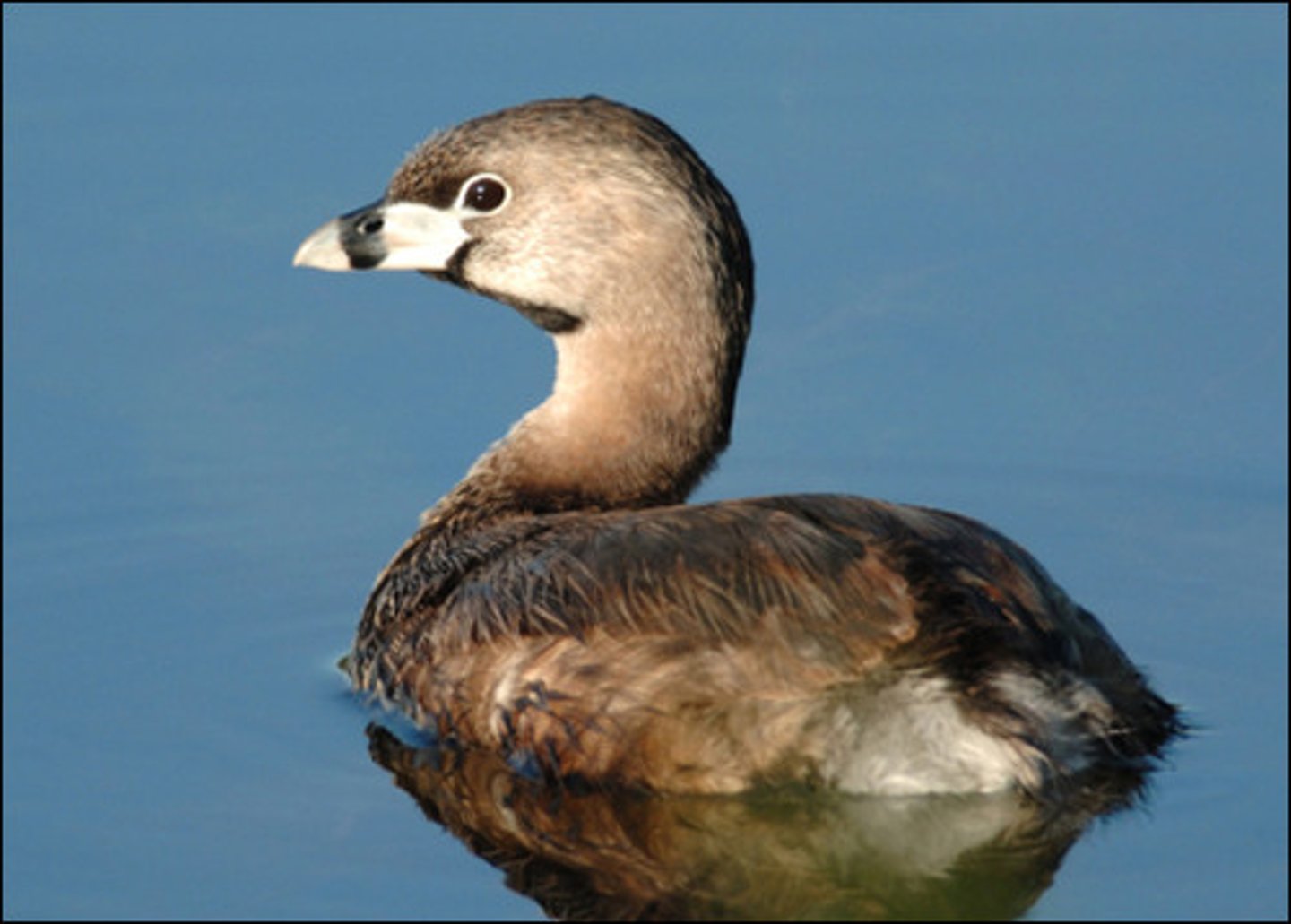
Pied-billed grebe foot
Lobed
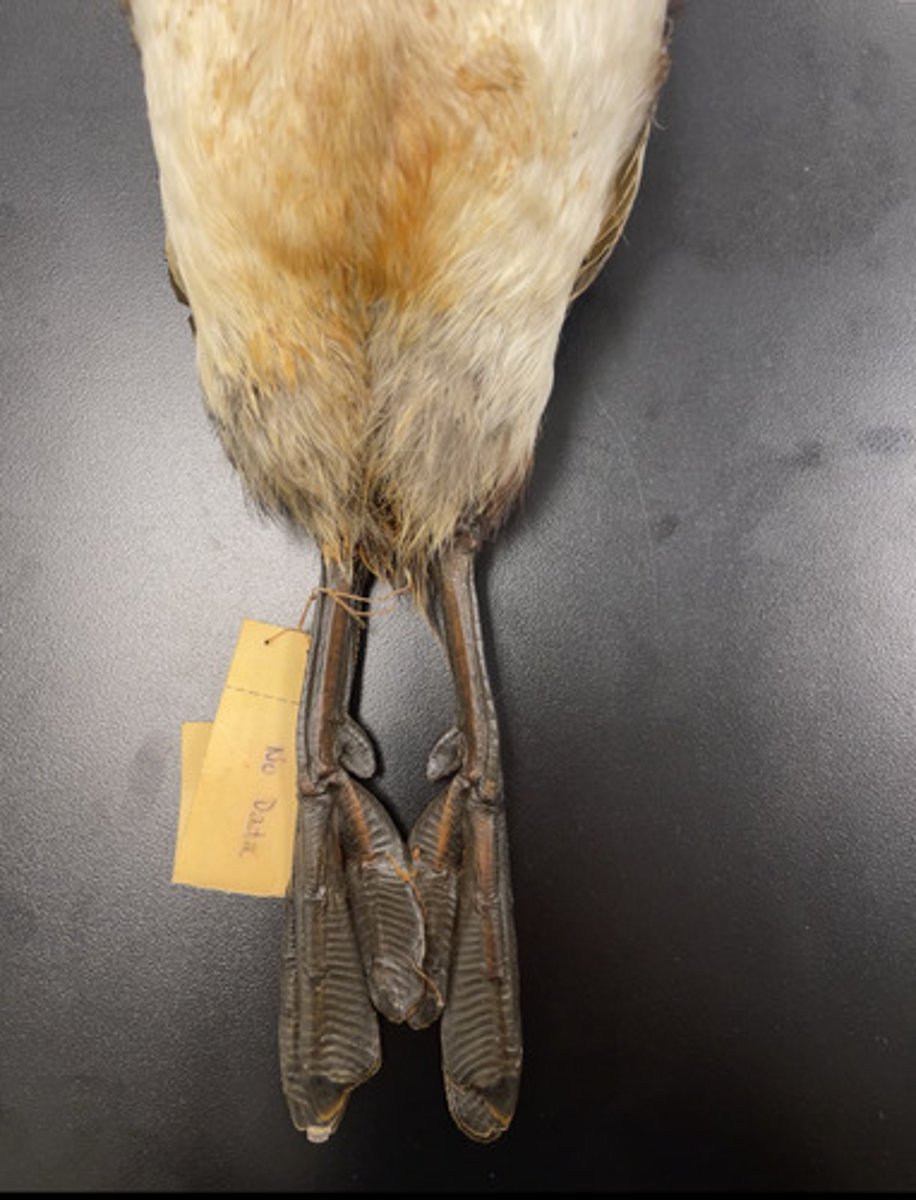
Pied-billed grebe diet
dives for aquatic insects, crayfish, and small fish
Green-winged Teal beak
flat, wide beak
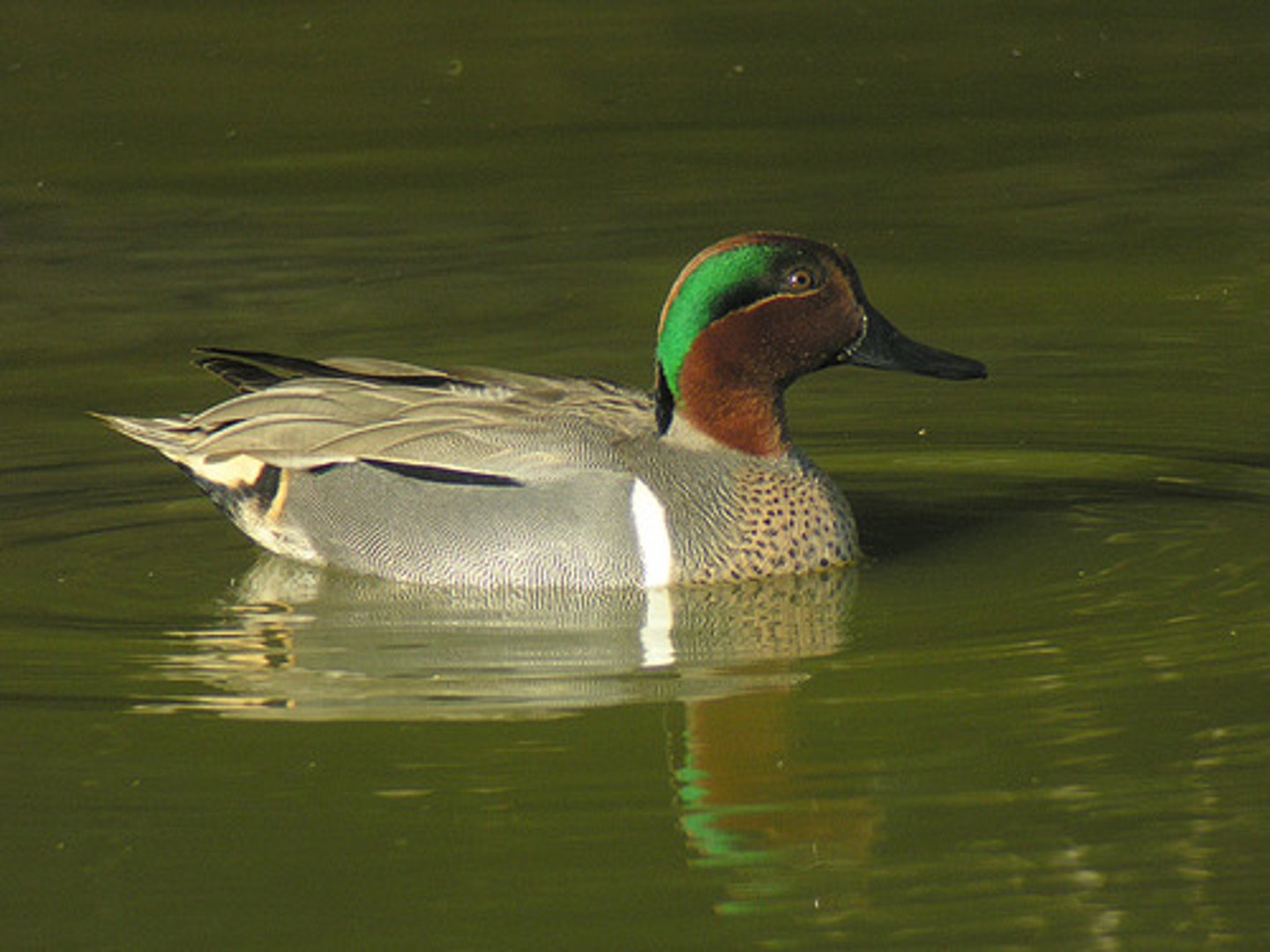
Green-winged Teal foot
webbed
Green-winged Teal diet
seeds, grasses, small invertebrates
Red-tailed Hawk beak
sharp, curved, strong
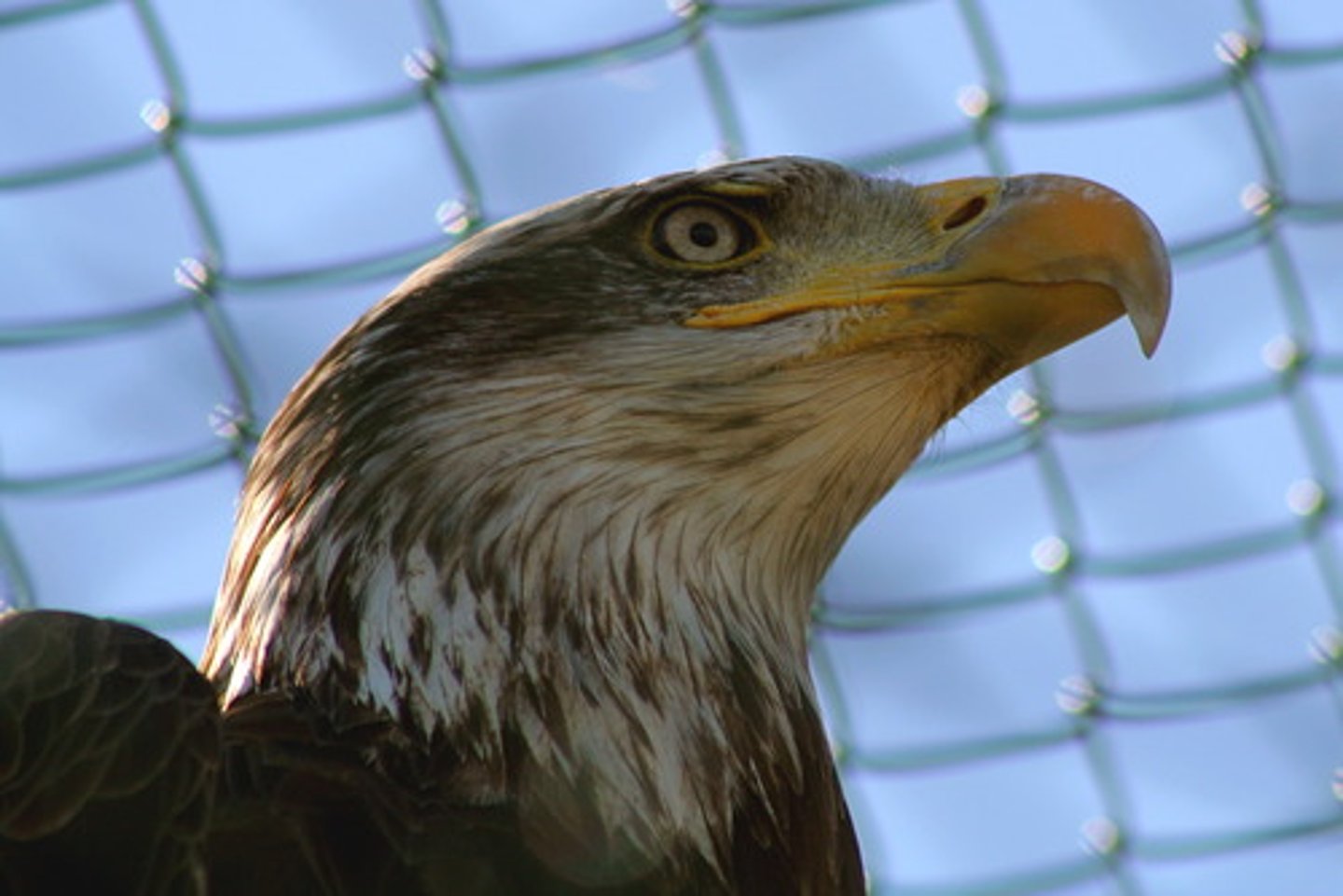
Red-tailed Hawk foot
raptorial (catch prey and rip&shear)
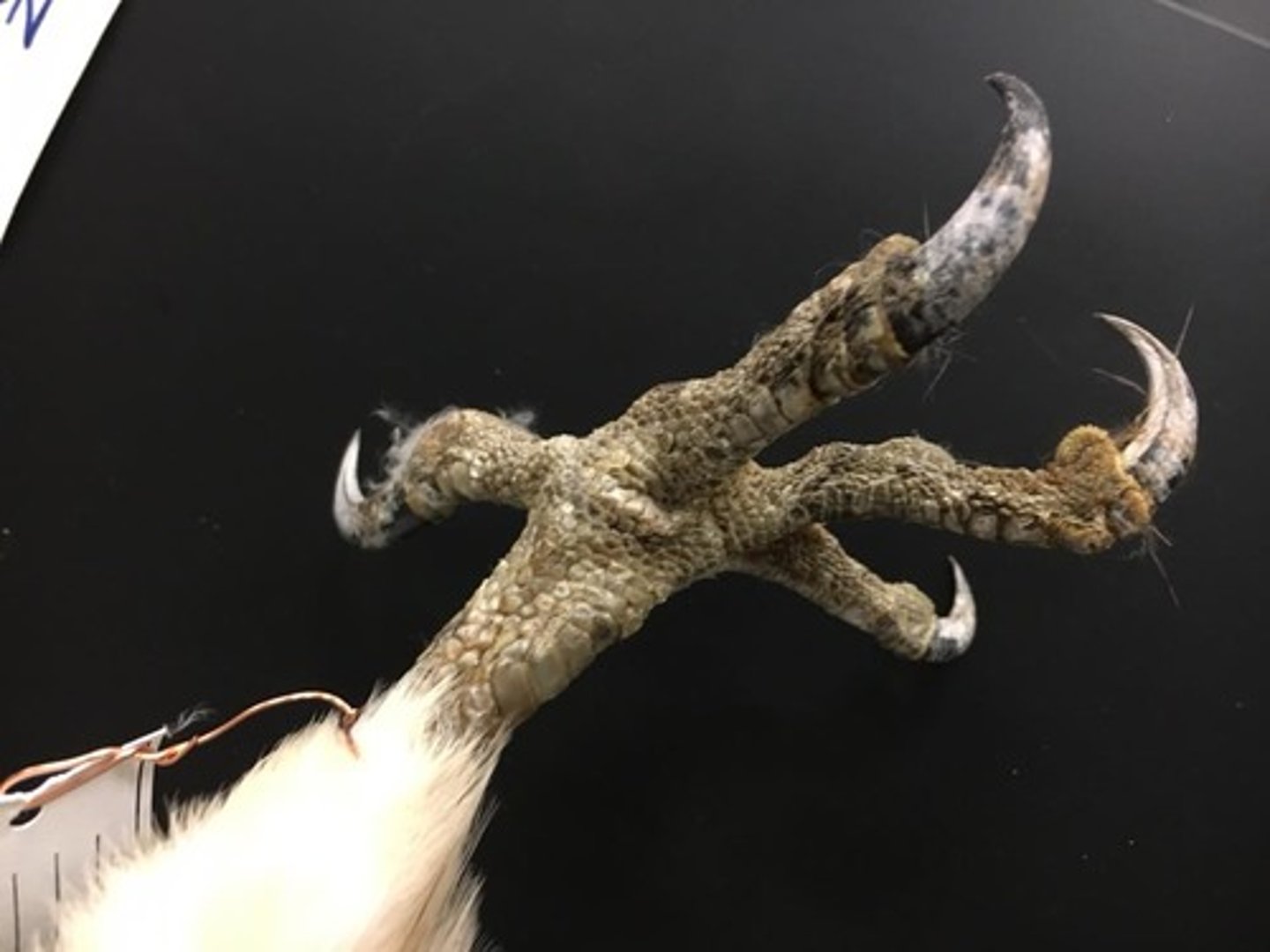
Red-tailed Hawk diet
ground squirrels, meadow mice, young cottontails, gophers, occasionally snakes, birds, and fish
Red-tailed Hawk distinct
broad wings, short tail to help it rise up on thermals in late morning once sun heats the Earth
American Kestrel beak
sharp, curved, strong
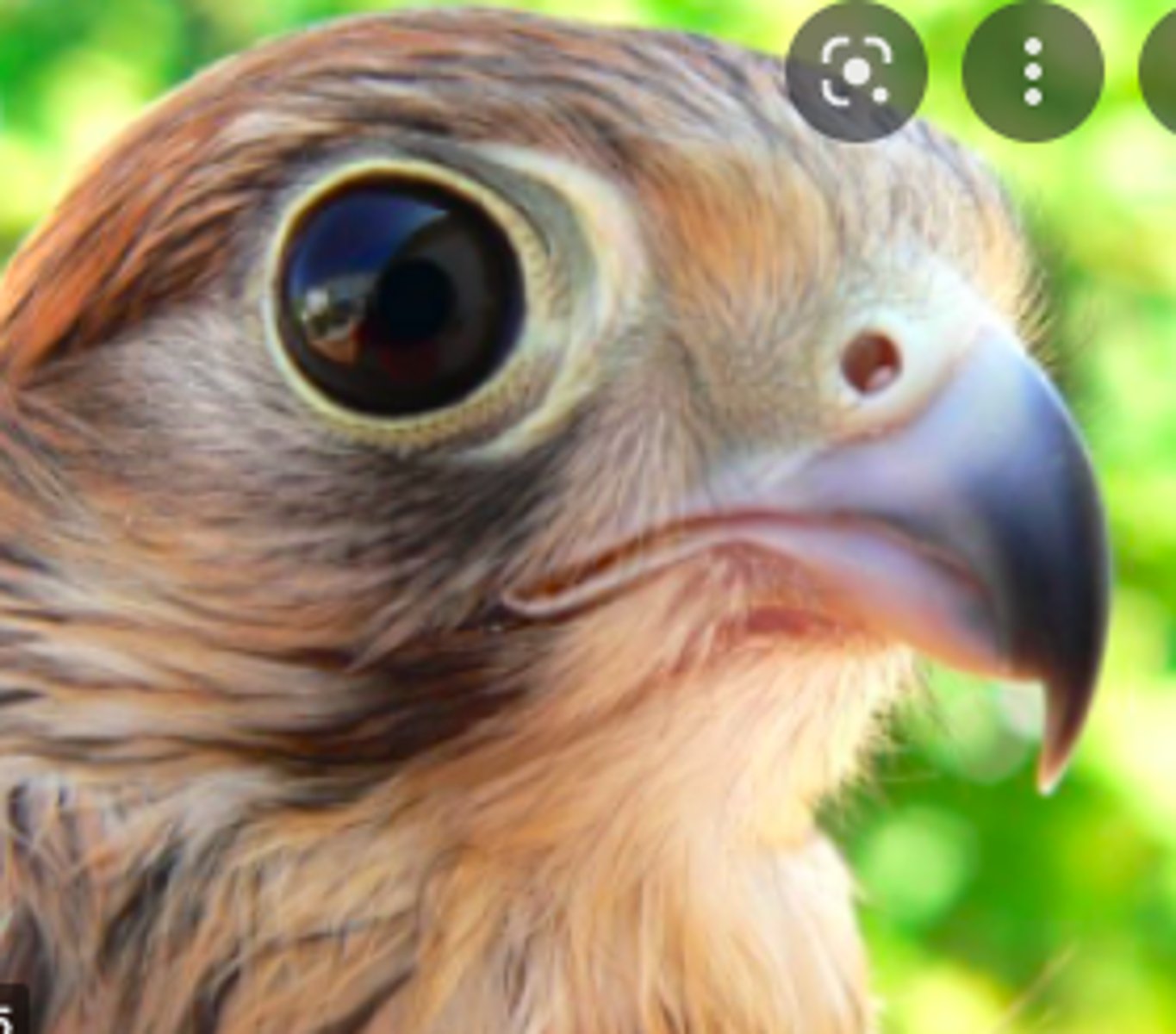
American Kestrel Foot
Raptorial
American Kestrel diet
Insects (grasshoppers); birds, mammals, reptiles, amphibians
Northern Flicker beak
Long, pointy, thick
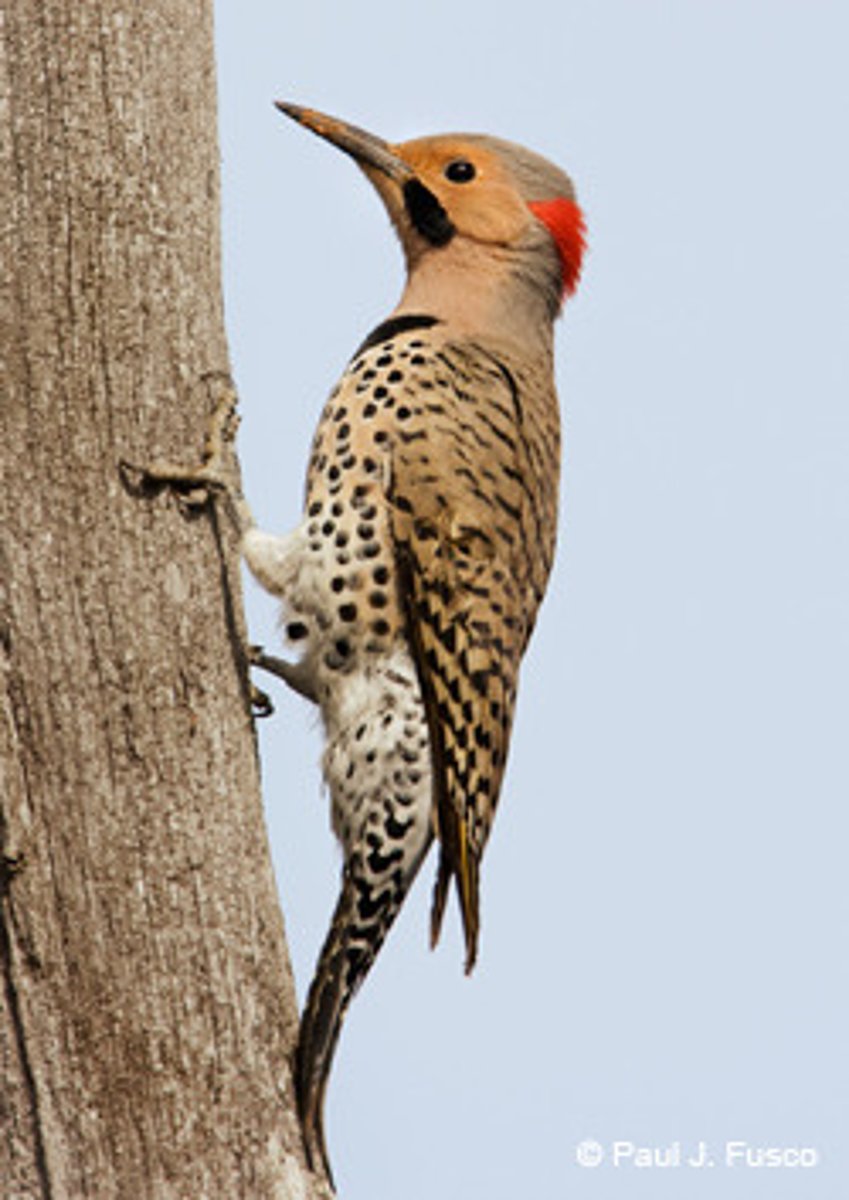
Northern Flicker foot
Zygodactyl
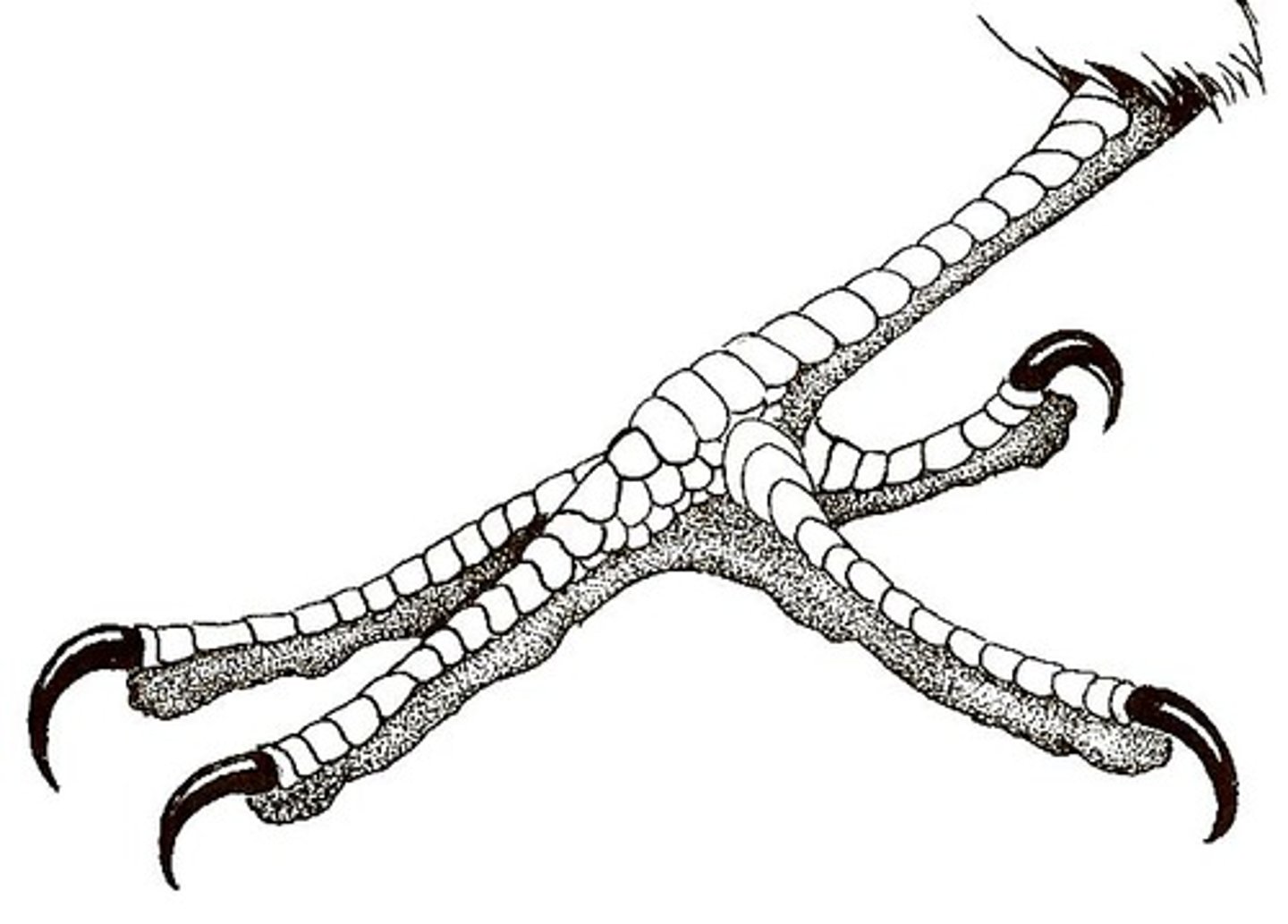
Northern Flicker diet
insects, mostly ants; acorns, grains, and fruits
Acorn Woodpecker beak
long, thick, strong, sharp-ended
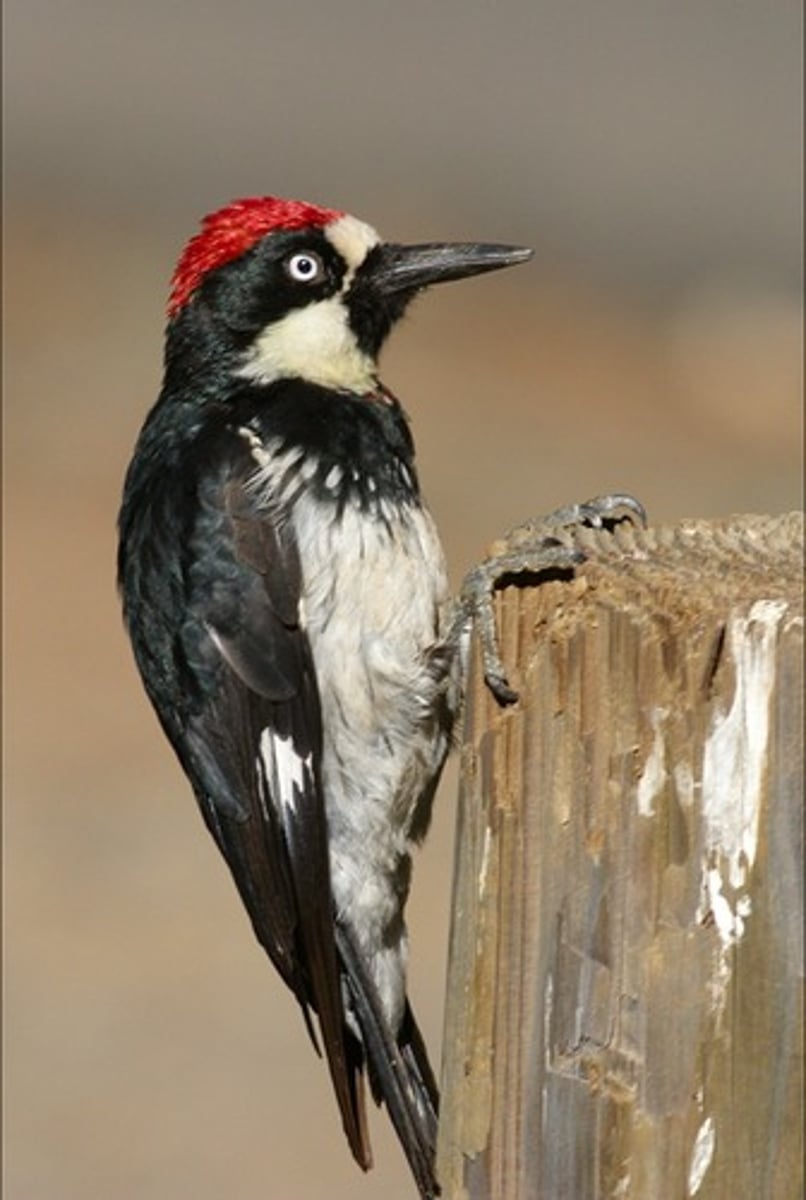
Acorn Woodpecker foot
Zygodactyl
(cling onto side of a structure)
Acorn Woodpecker diet
heavily depends on acorn, also eats insects, sap and fruit
Acorn Woodpecker distinguished traits
Tail = robust tail feather & stabilizes the bird as it pecks
Tongue = reach into tree and catch prey; sharp and sticky
Hyoid Apparatus = limit brain trauma
Mourning Dove beak
Thinner for a seed eater, short rounded tip
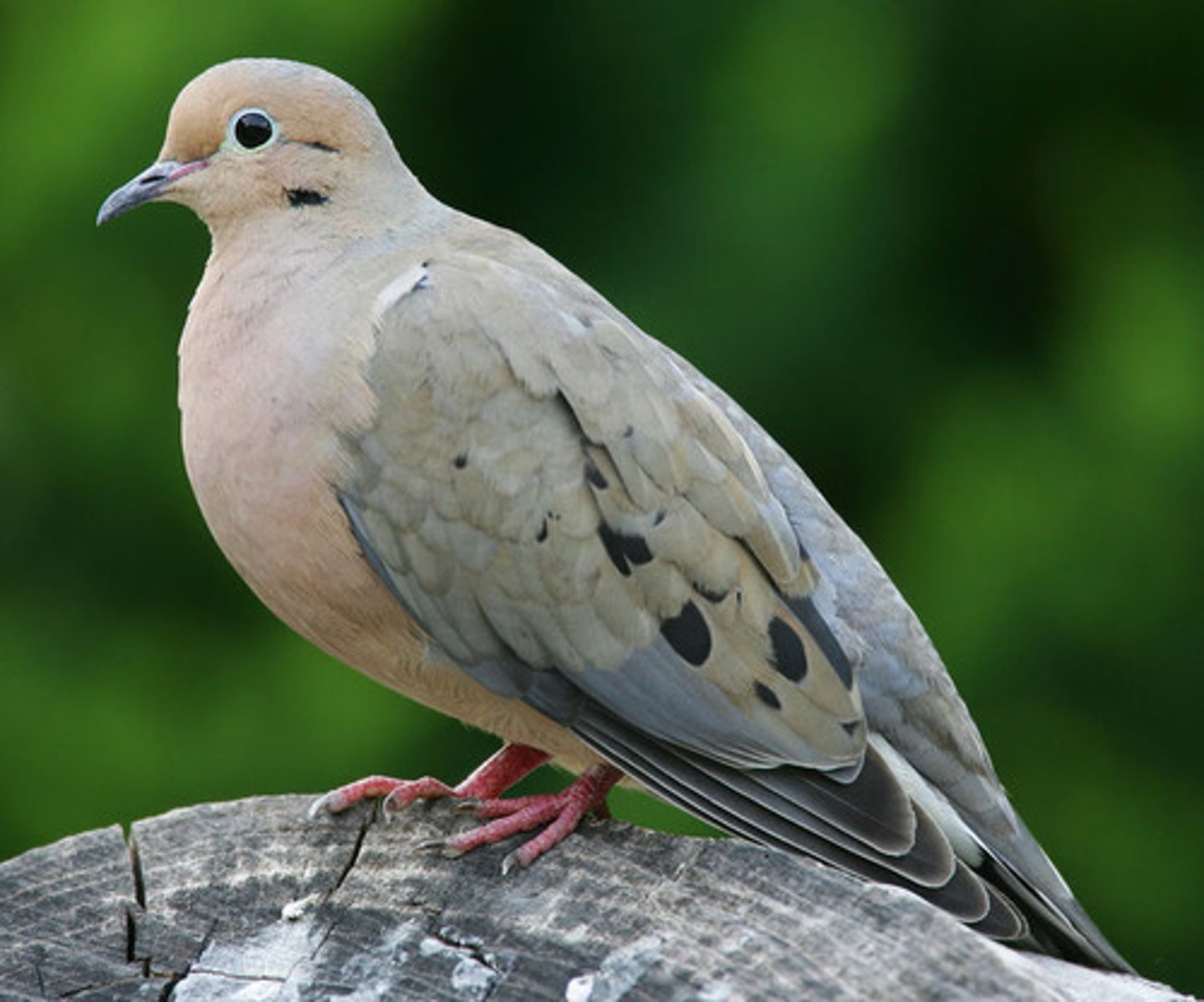
Mourning Dove foot
Anisodactyl
Mourning Dove diet
mainly seeds
Mourning Dove distinct characters
pointed tail, smaller body, dusky brown-pinkish color
Rock Dove beak
Top beak curved, thick, short
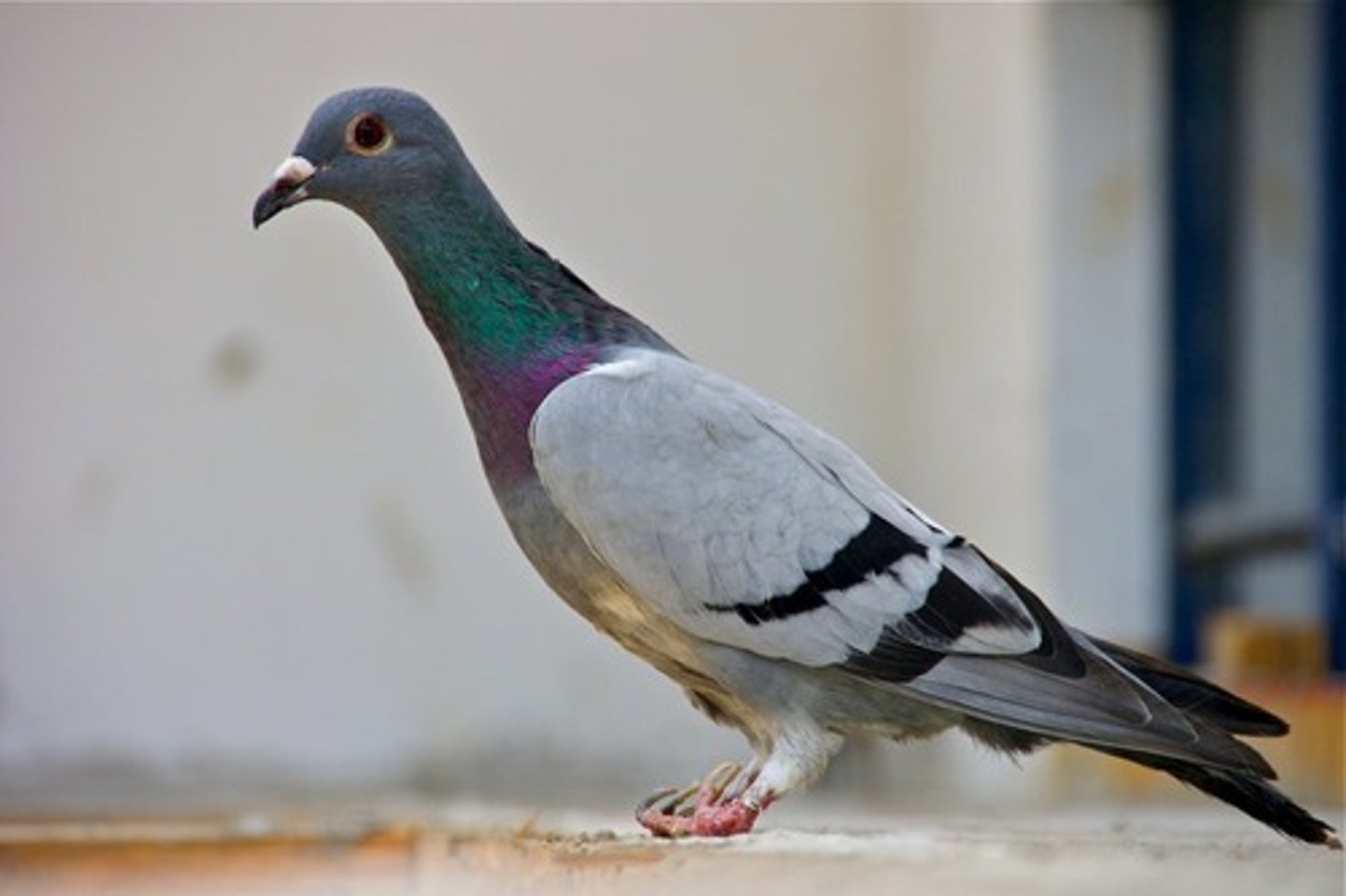
Rock dove foot
anisodactyl
Rock dove diet
mainly seeds
Rock dove distinguished character
Big and rectangular tail
Cliff swallow beak
flat, wide, sharp end and straight
(gives more surface area for prey to get caught)
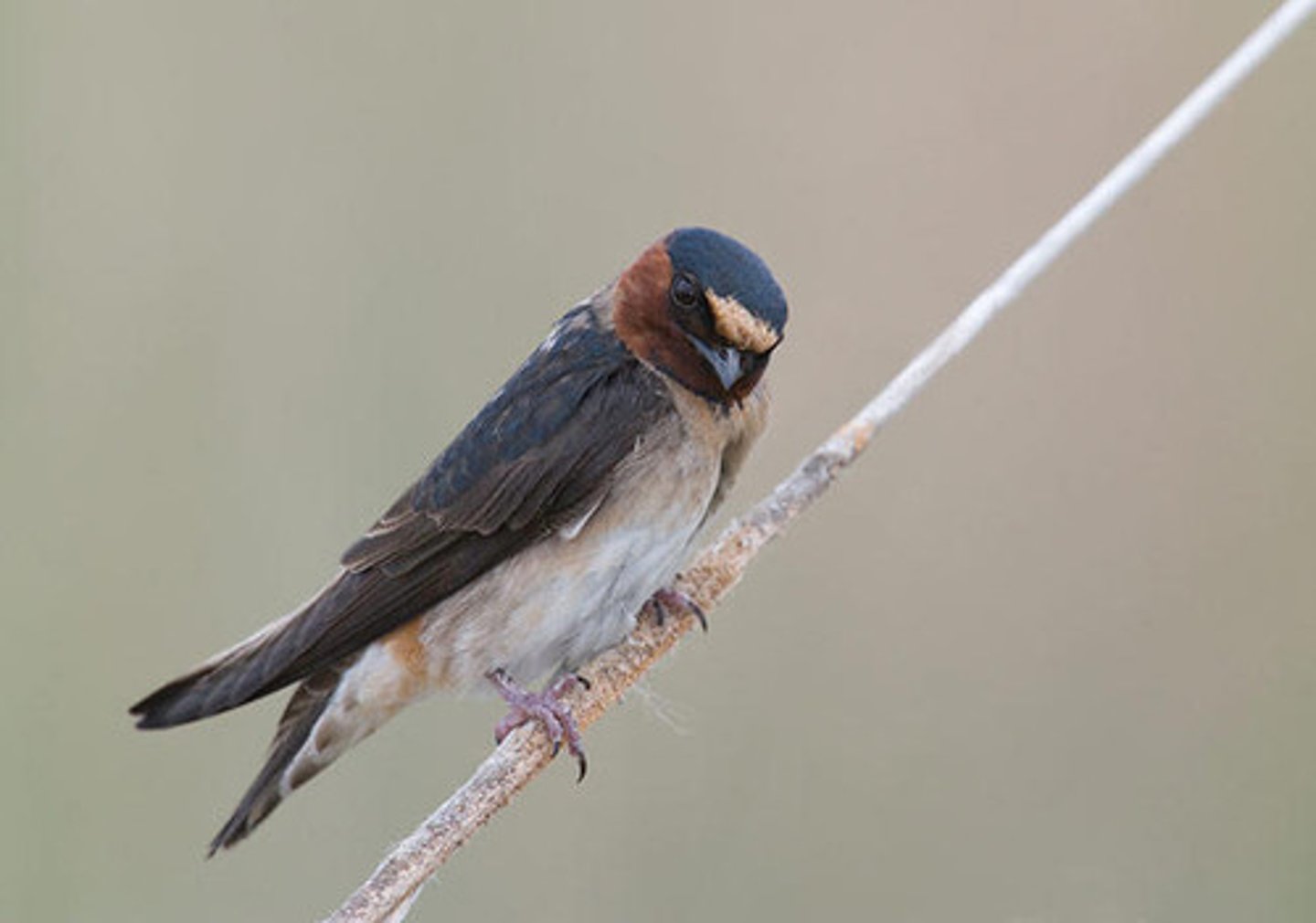
Cliff swallow foot
anisodactyl
Cliff Swallow diet
flying insects, including flies, beetles, and ants; spiders
Cliff Swallow mode of capture
Catch prey while flying (wings)
Barn Swallow beak
flat, wide
(more SA for prey to get caught)
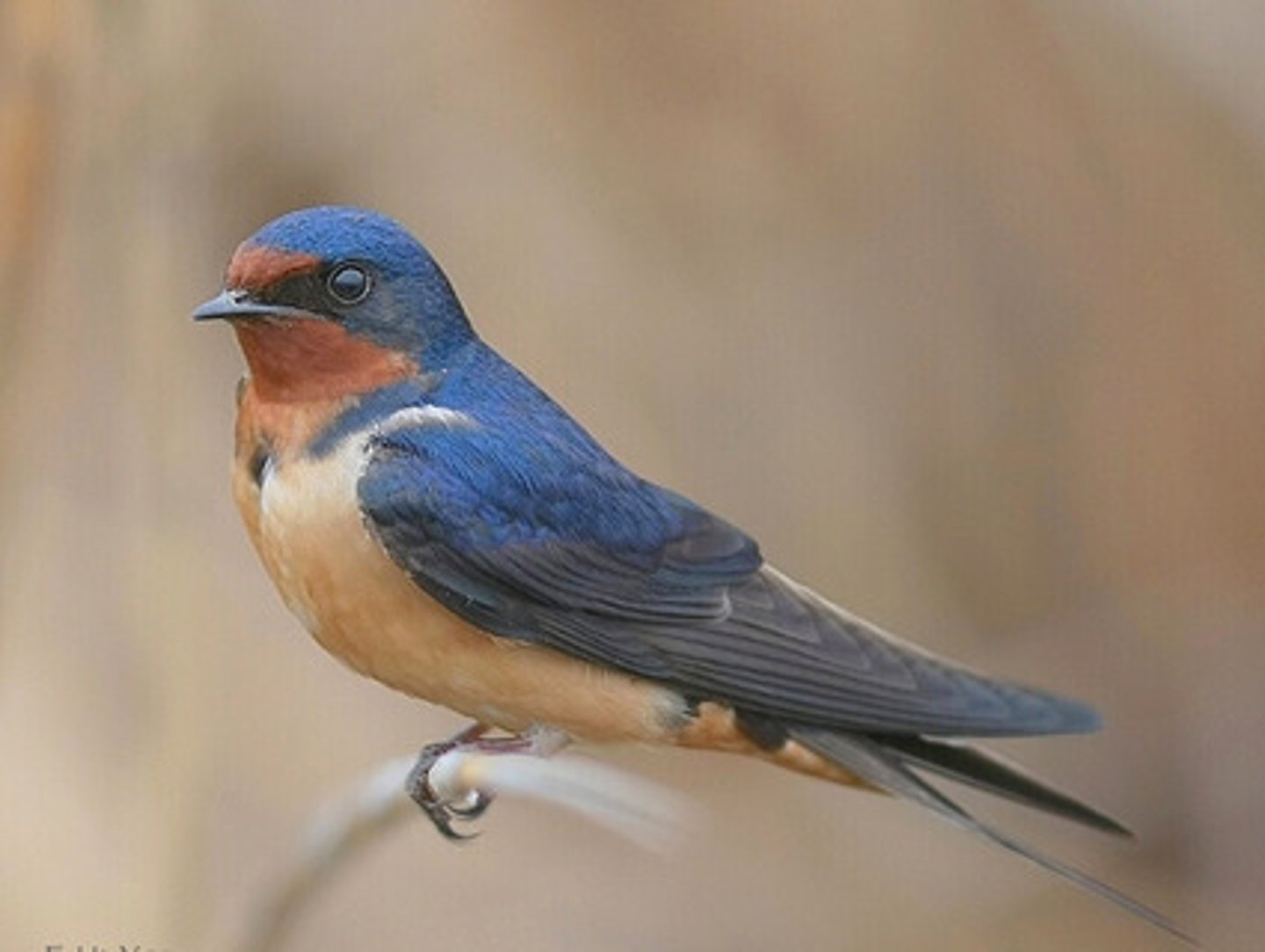
Barn Swallow Foot
Anisodactyl
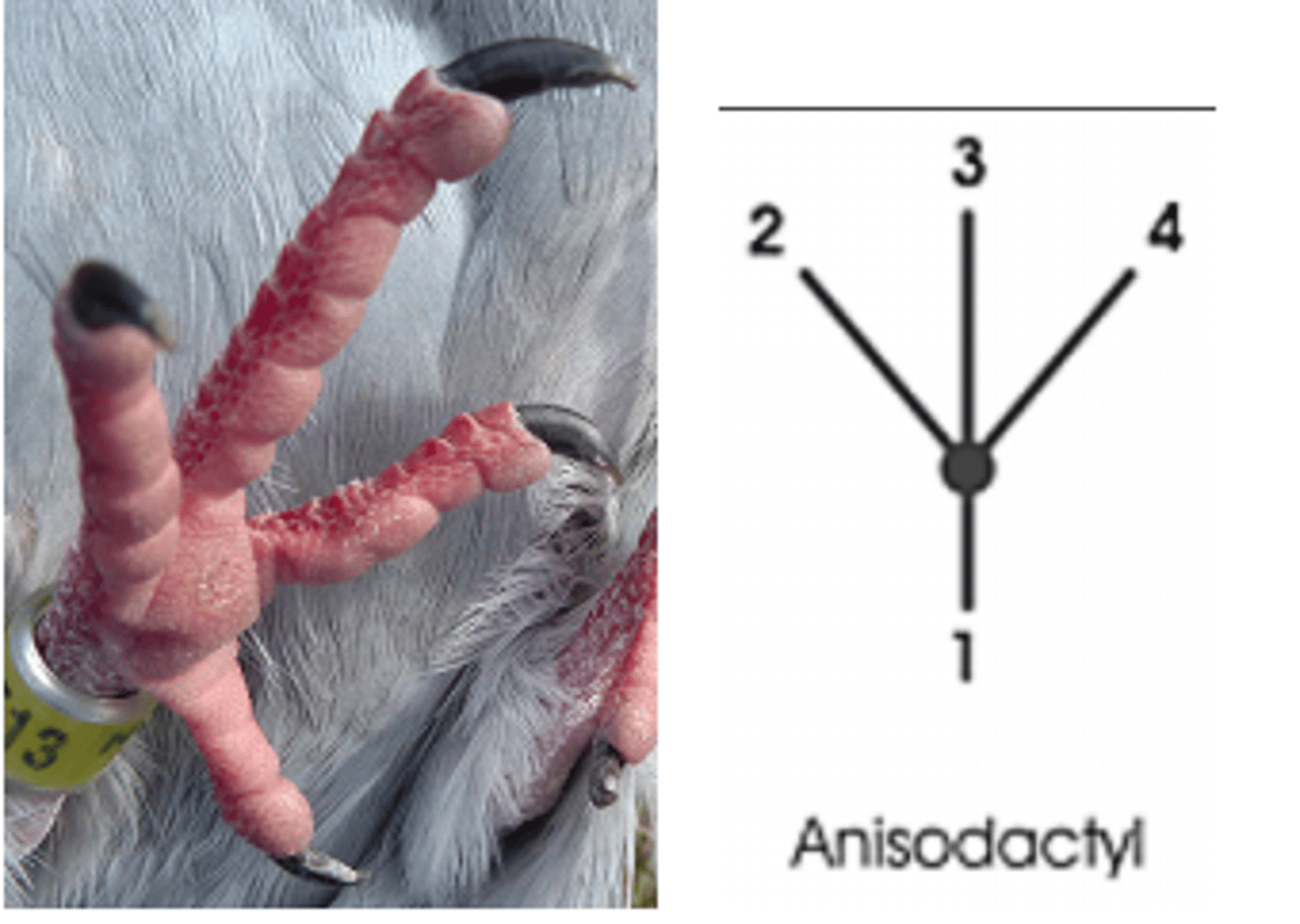
Barn Swallow diet
Flying insects, esp. flies occasionally seeds and fruits from the ground
catches insects on wing while flying
Yellow-rumped Warbler beak
thin, short
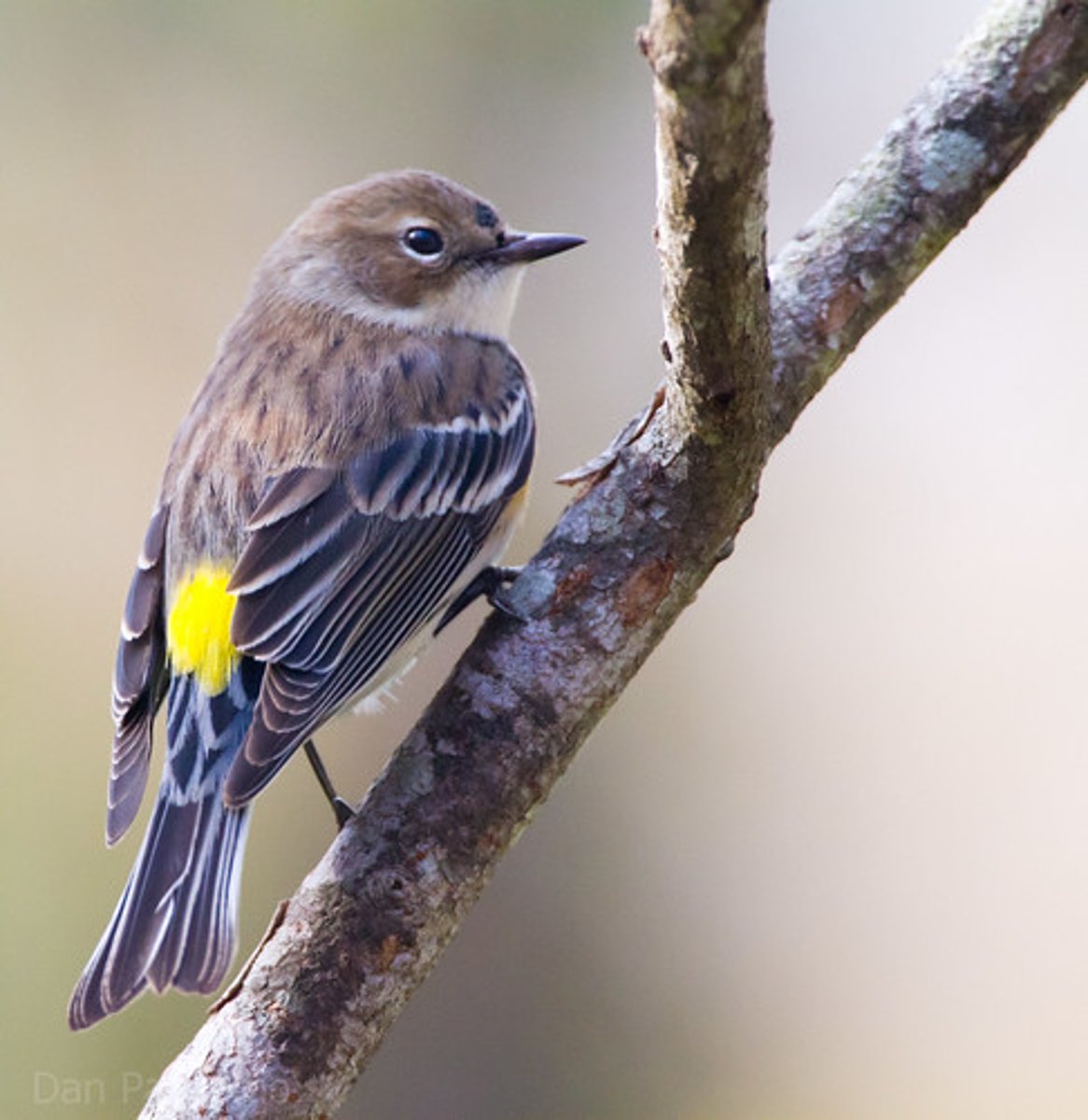
Yellow-rumped Warbler foot
anisodactyl
Yellow-rumped Warbler diet
mainly insects and spiders; forage at middle heights among outer tree branches some fruits, nectar, and seeds
pluck off like tweezer
Ruby-crowned Kinglet beak
thin, short
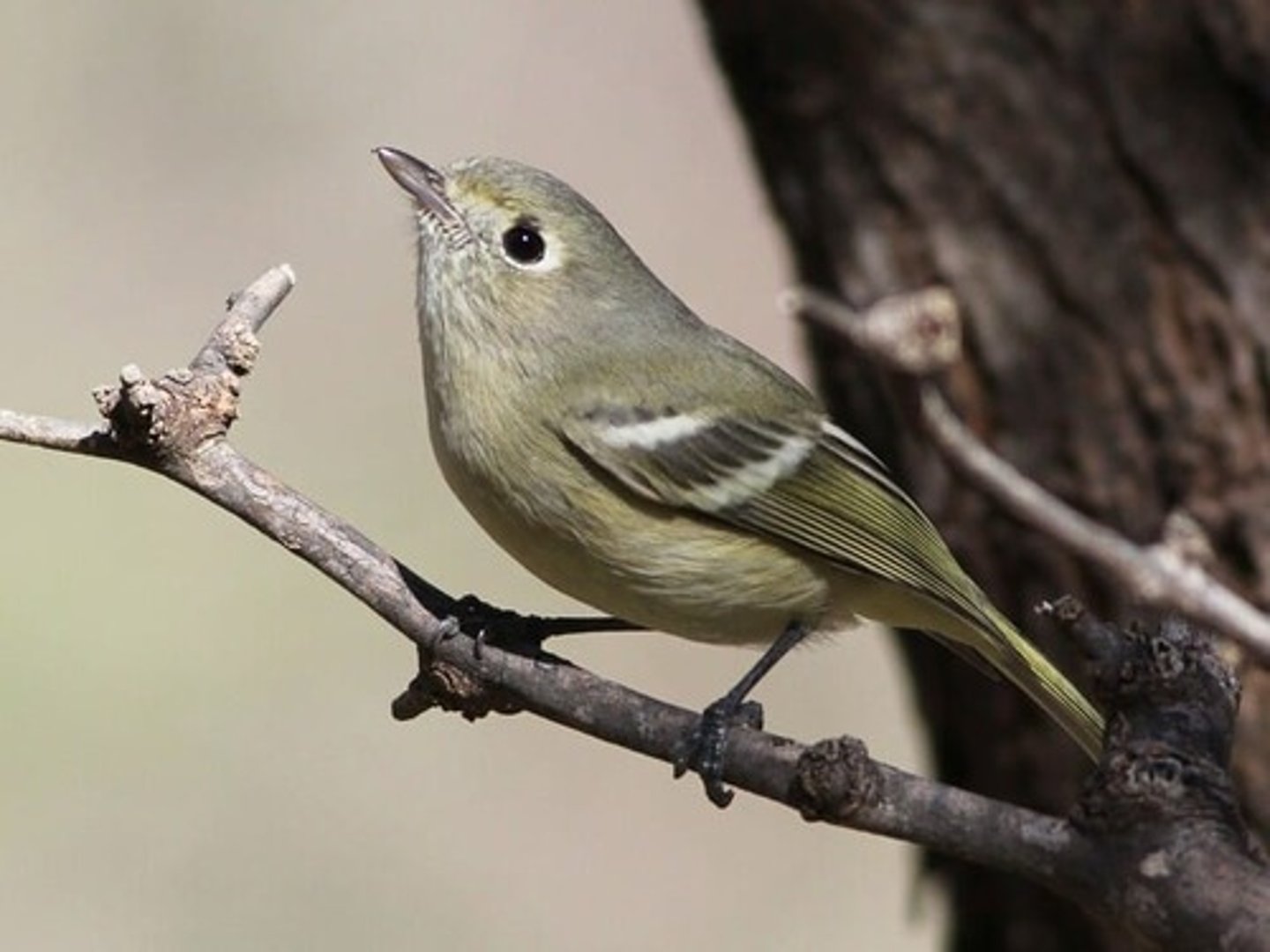
Ruby-crowned Kinglet foot
anisodactyl
Ruby-crowned Kinglet diet
Forages actively for insect song tree branches; also will hover at branch tips to pick off small insects
California Scrub Jay beak
longer, thin-thick, stronger, pointed end
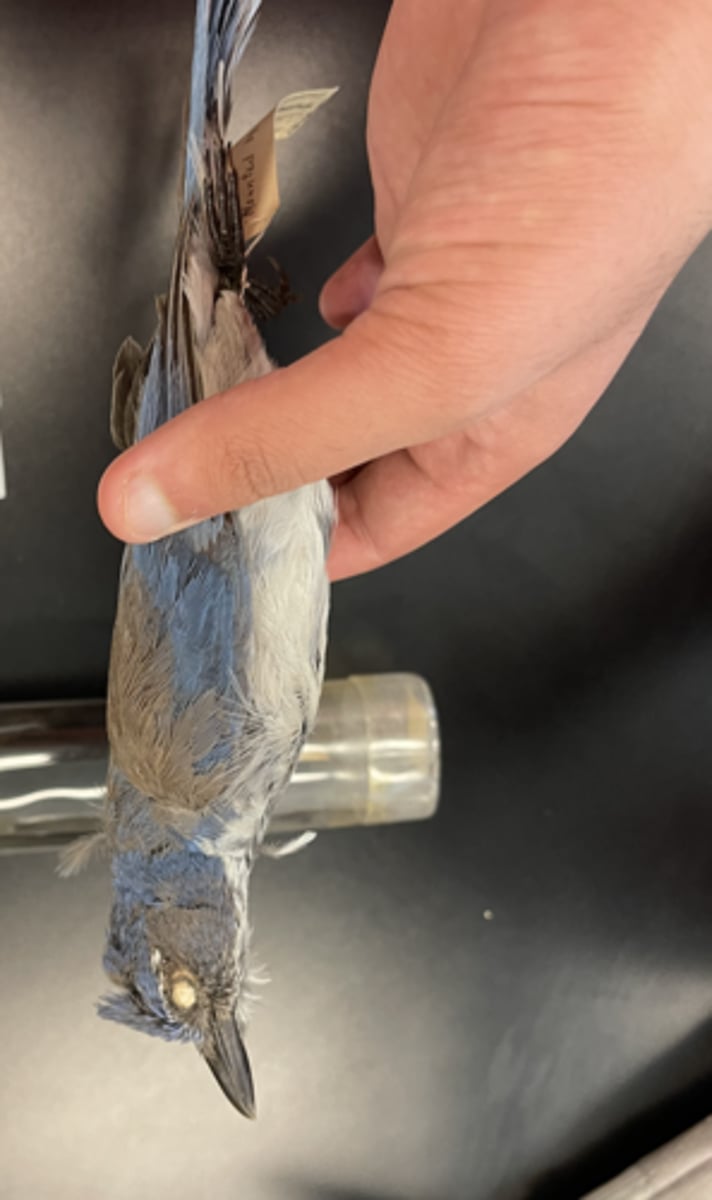
California Scrub Jay foot
anisodactyl
Califronia Scrub Jay diet
omnivorous, feeding on insects, fruits, seeds
in our area: acorns, crops, nuts, lizards, nestling birds
Northern Mockingbird beak
thin, same length as magpie (medium), small
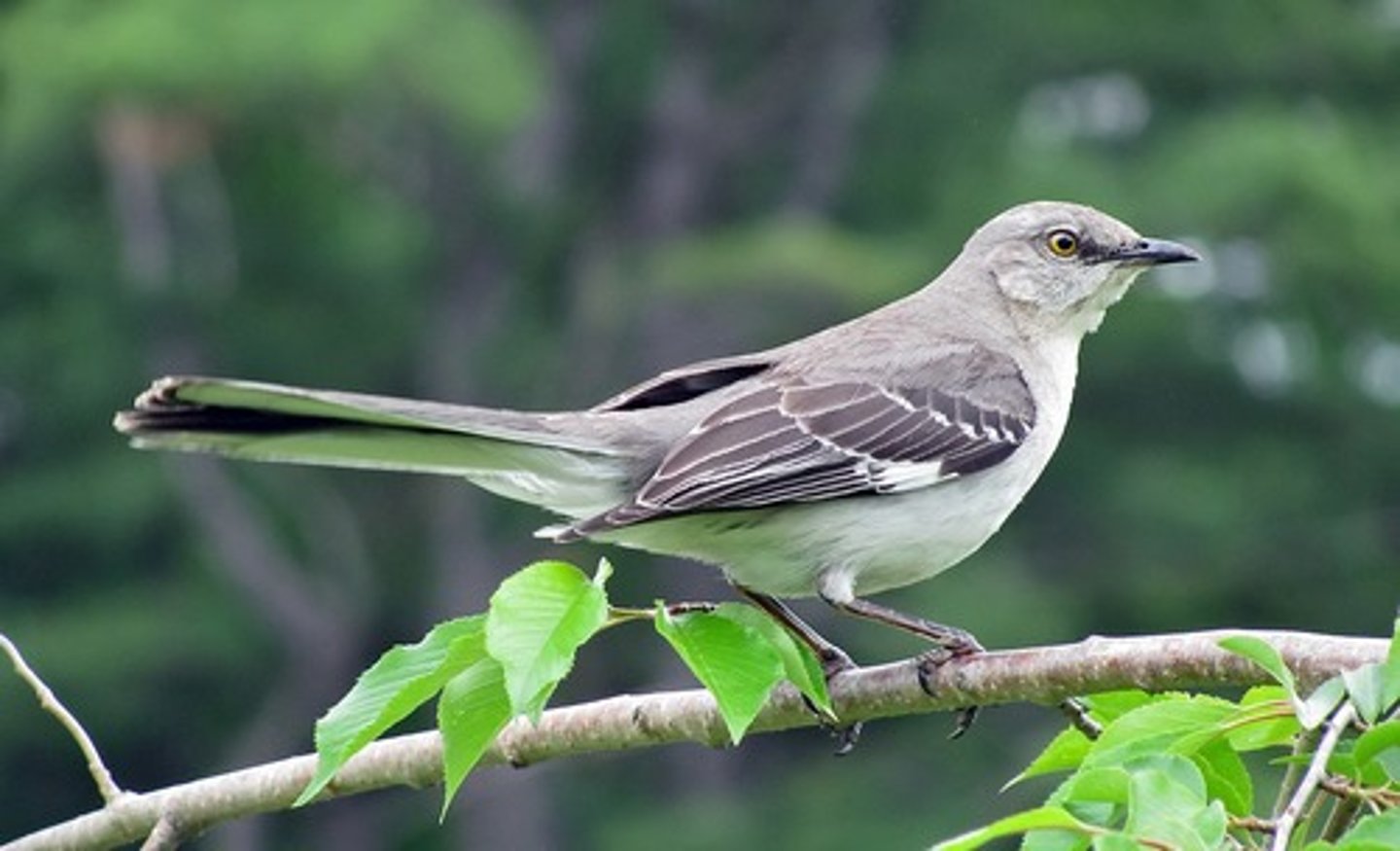
Northern Mockingbird foot
Anisodactyl
Northern Mockingbird diet
insects and fruit
Yellow-billed Magpie beak
thick, medium length; yellow color
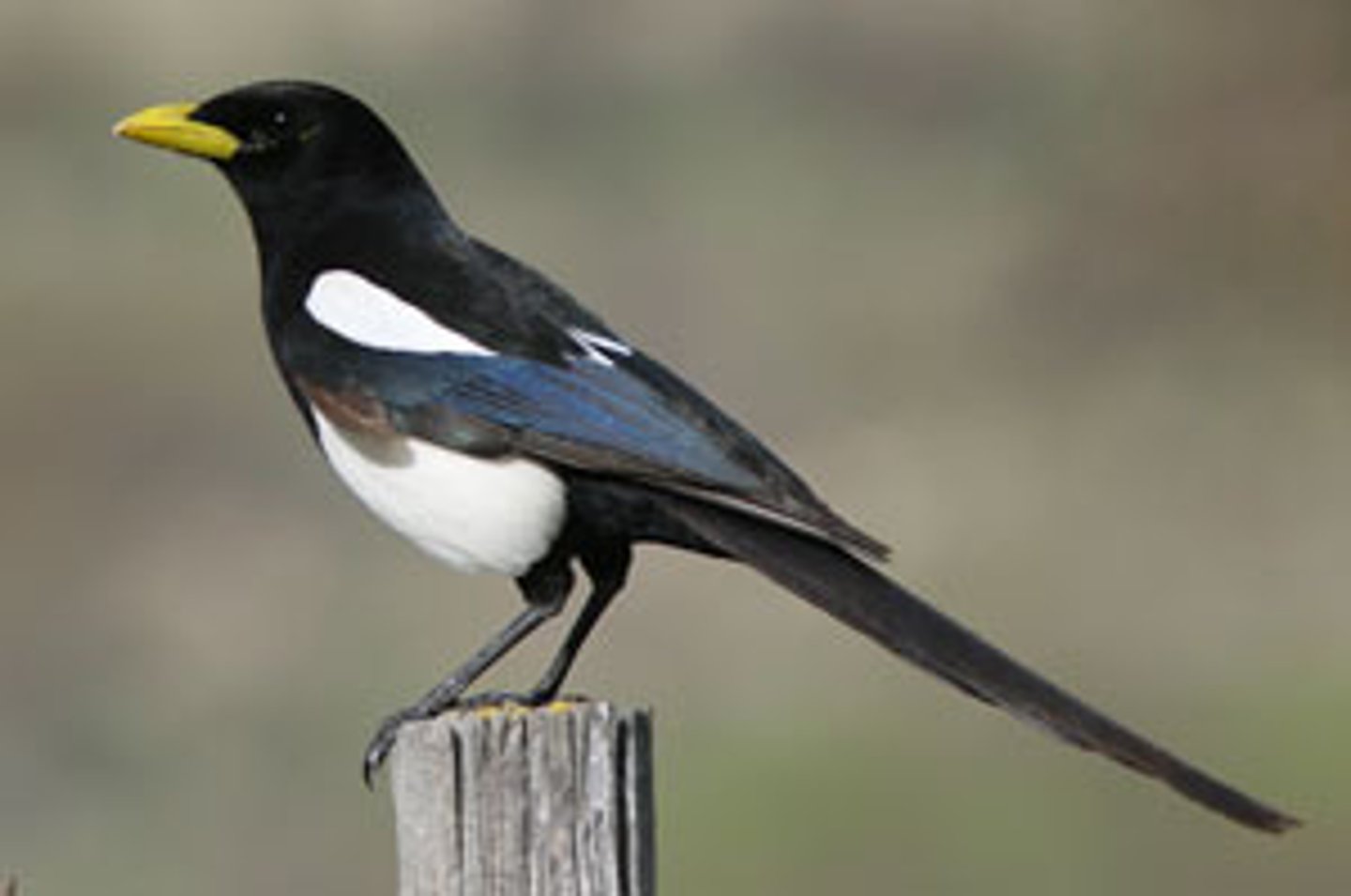
Yellow-billed Magpie foot
Anisodactyl
Yellow-billed Magpie diet
Omnivorous and eat anything form insects to nuts and seeds to fruit to carrion
Golden-crowned Sparrow beak
short, thick, sharp end
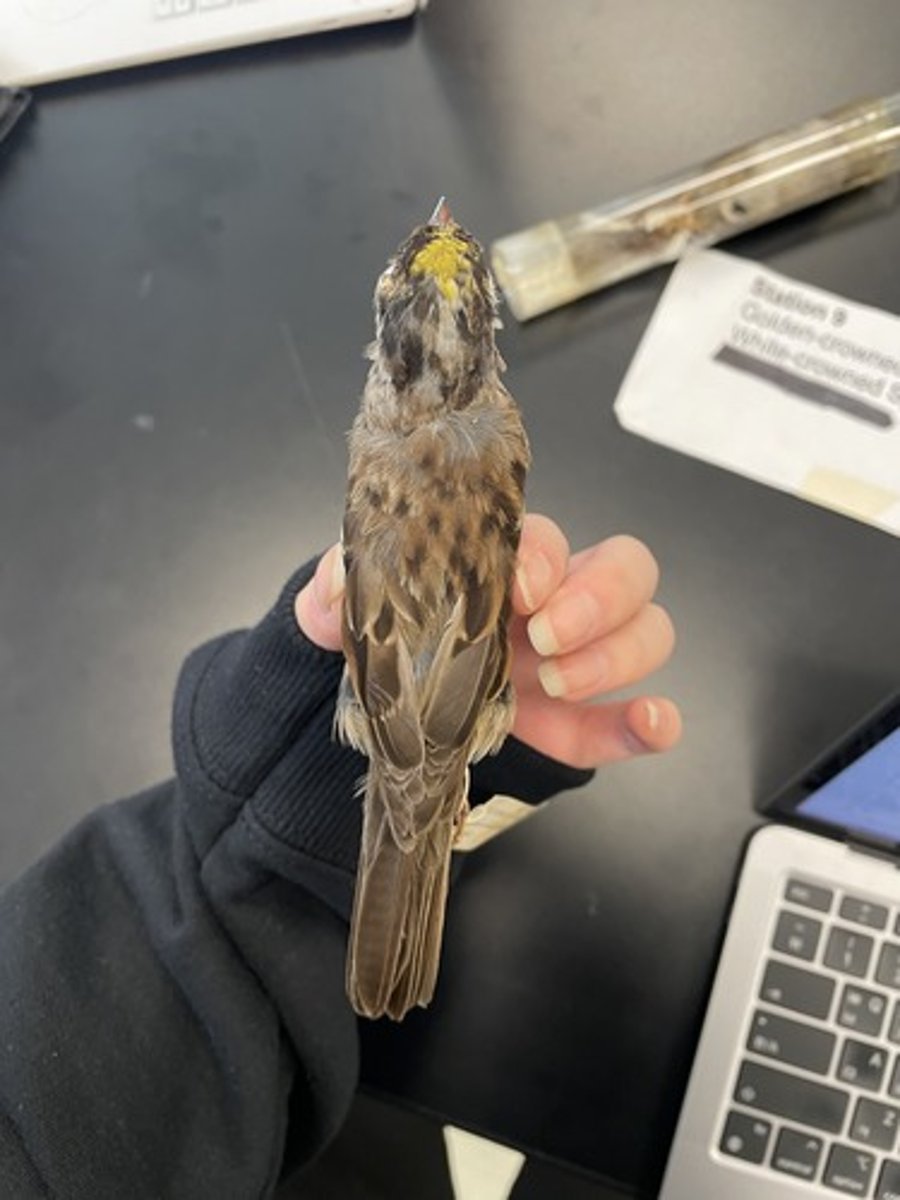
Golden-crowned Sparrow foot
anisodactyl
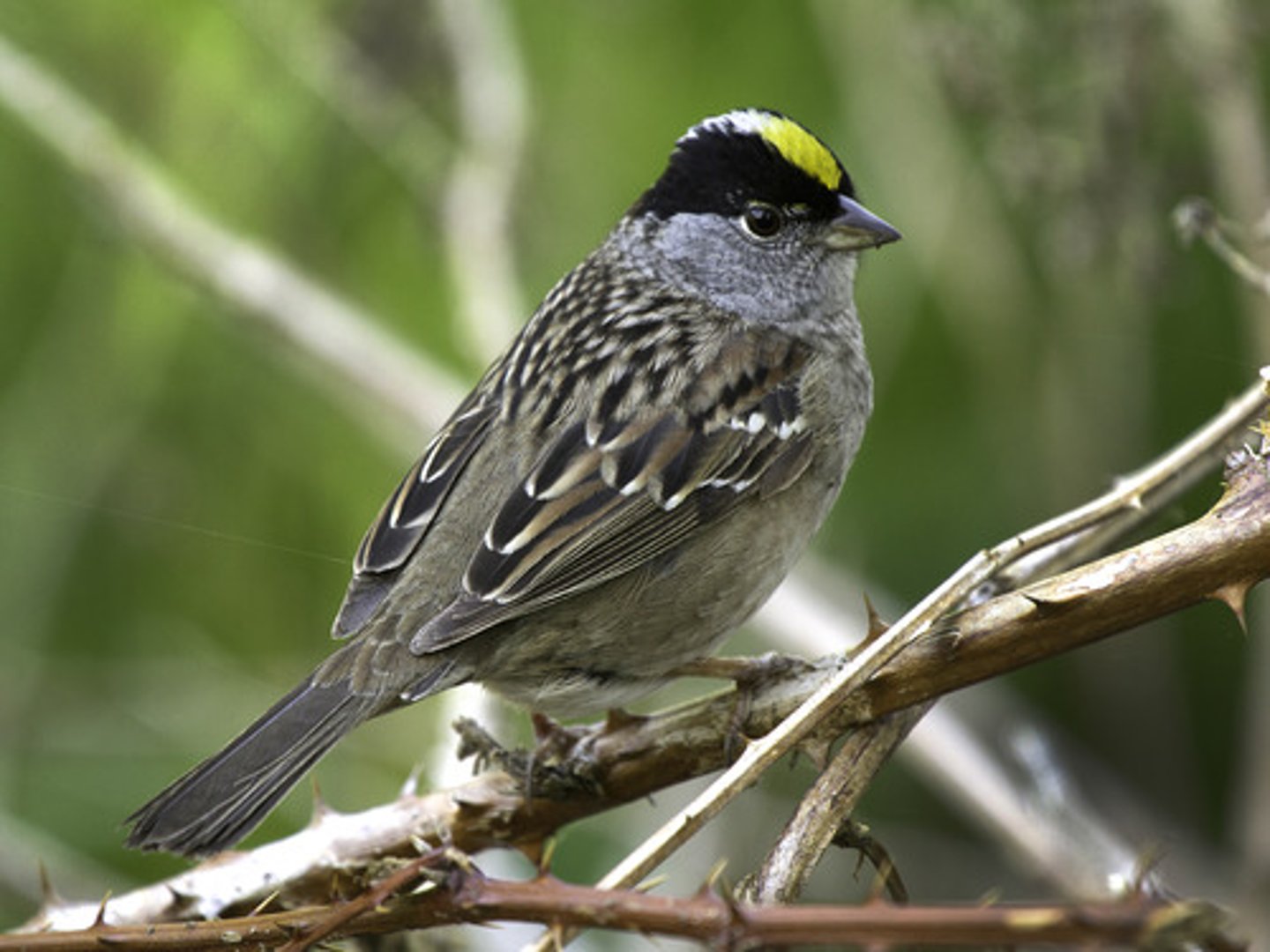
Golden-crowned sparrow diet
green seedling and seeds of weeds; insects
White-crowned Sparrow beak
short, thick, sharp end
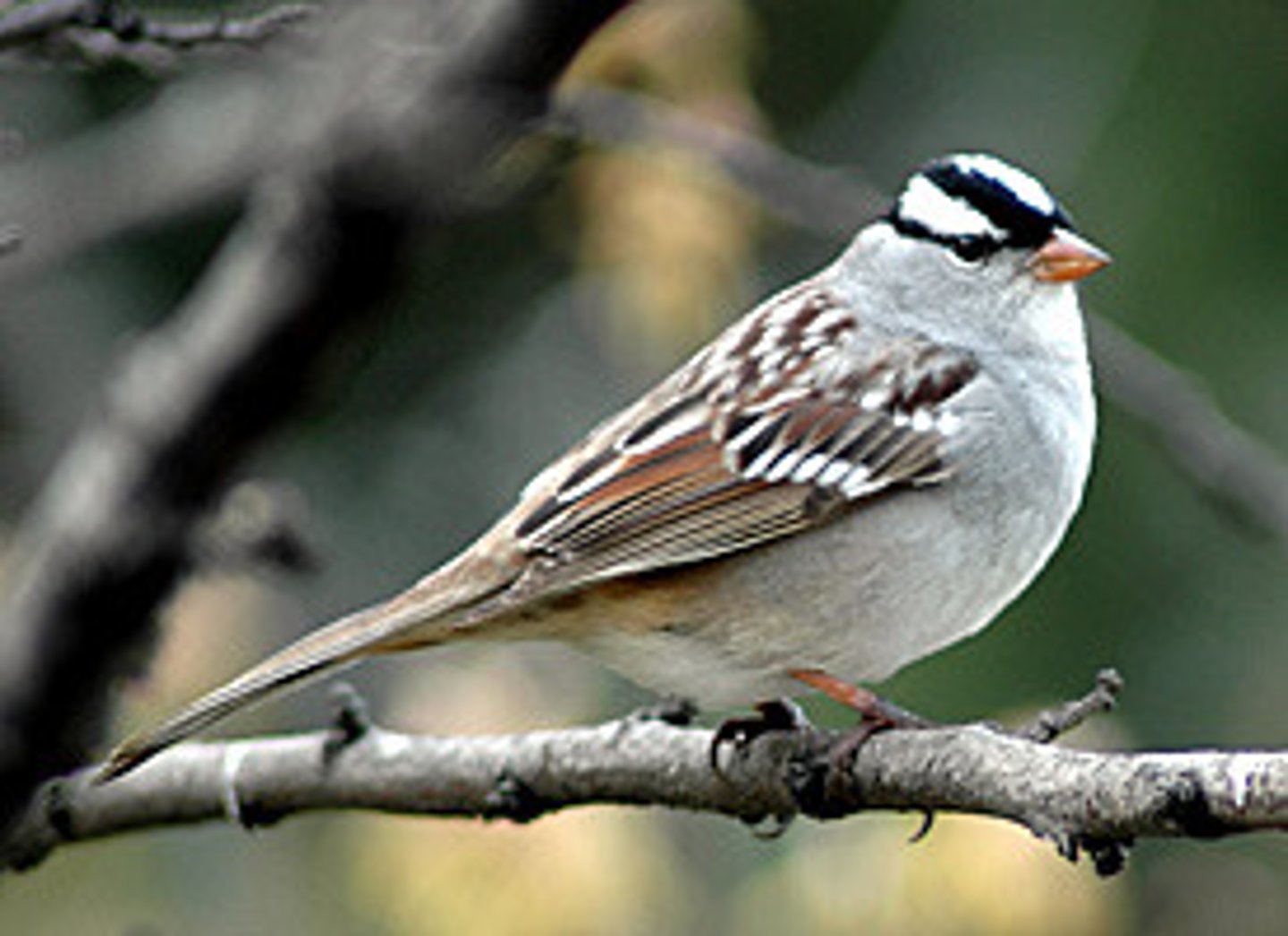
White-crowned Sparrow foot
anisodactyl
White-crowned Sparrow diet
seeds and insects; cotyledons of newly sprouted plants
Brewer's Blackbird beak
Pointy end, medium length
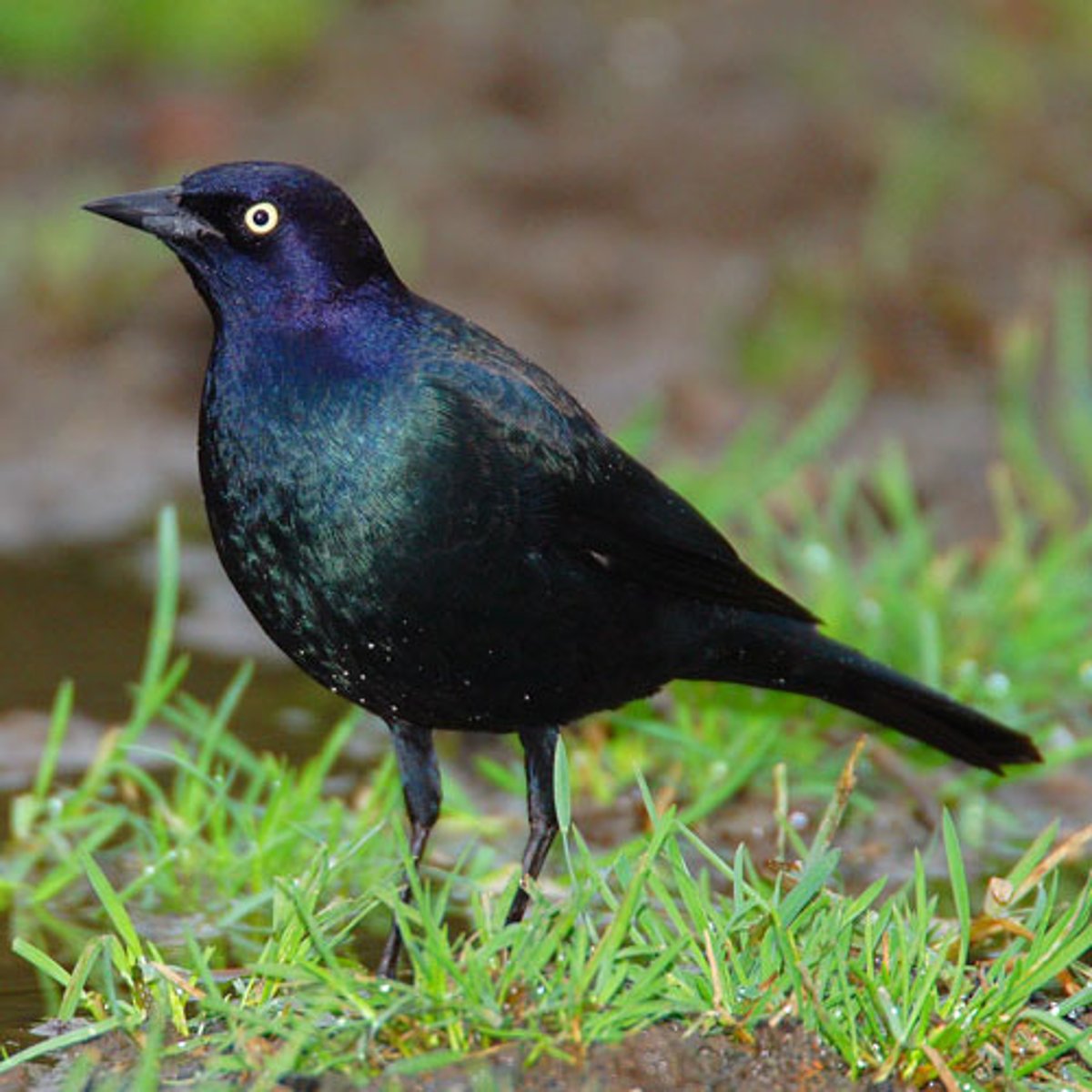
Brewer's Blackbird foot
anisodactyl
Brewer's Blackbird diet
insects, mainly Lepidoptera, and beetles; some fruit
Red-winged Blackbird beak
pointy end, medium length
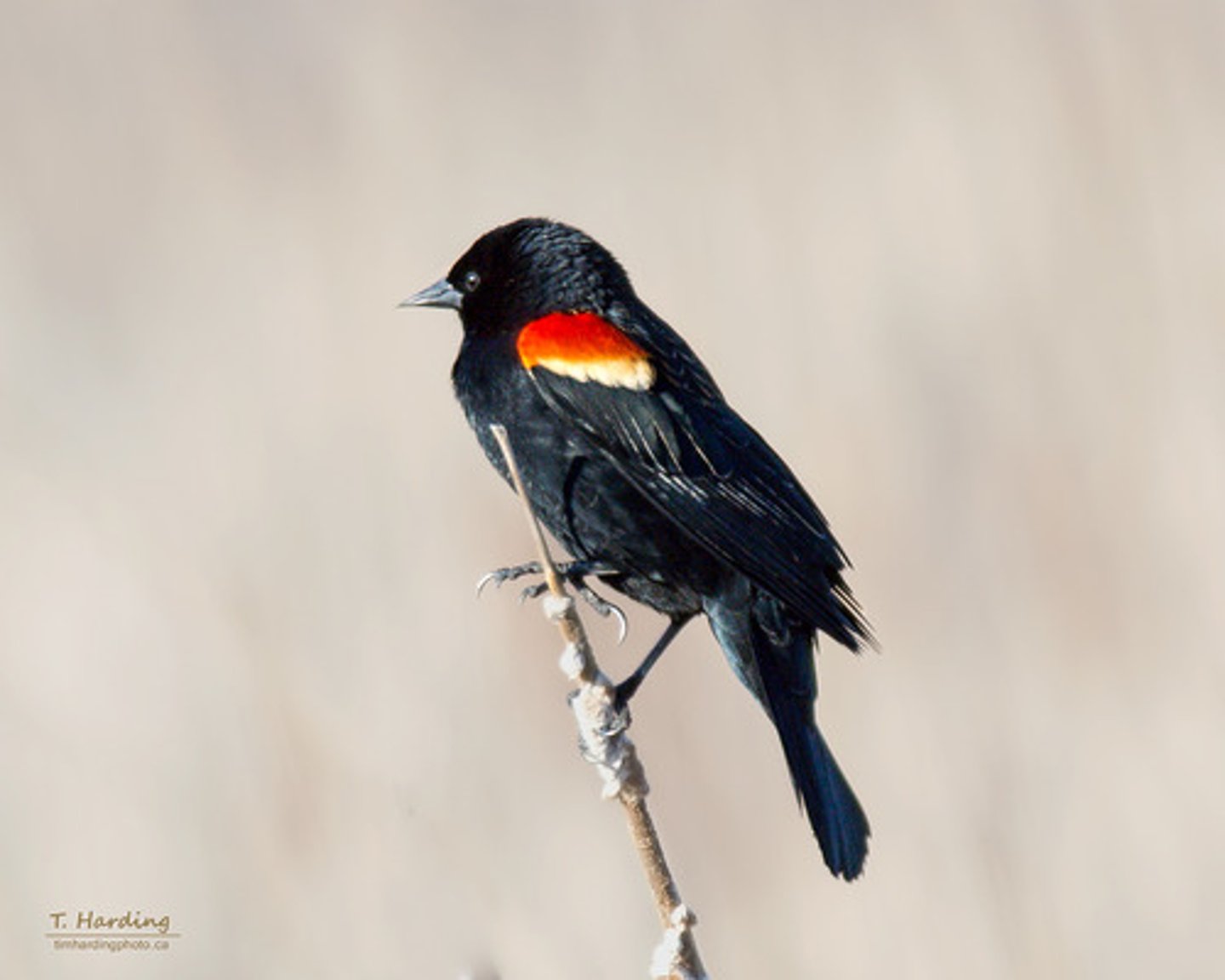
Red-winged blackbird foot
anisodactyl
Red-winged blackbird diet
Mainly insects (grasshoppers, caterpillars, beetles); grain and weed seeds
Red-winged Blackbird distinct
Males = red
Female = brown
(sexual dimorphism)
American Goldfinch beak
very short, thick, barely comes out of the face
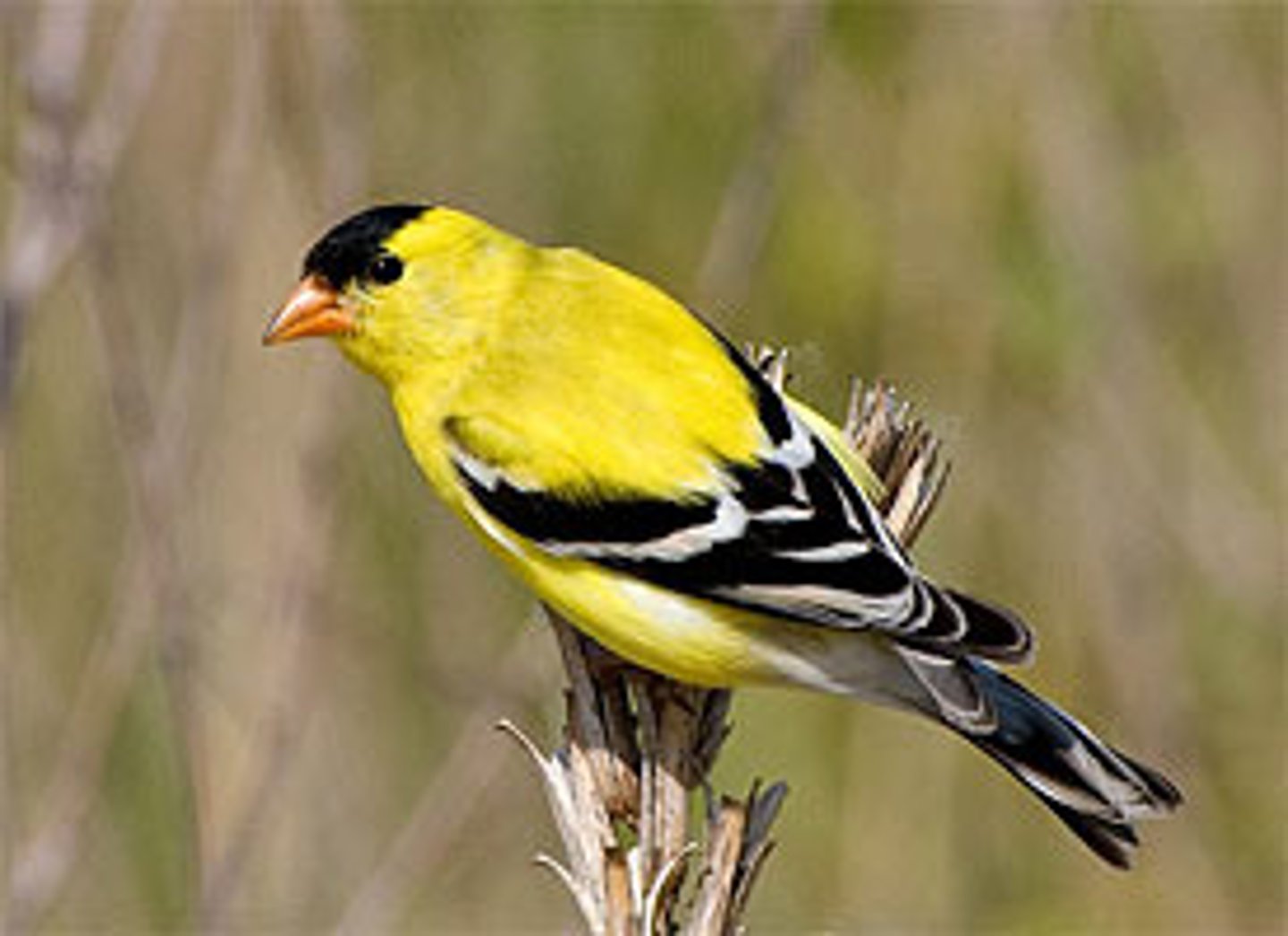
American Goldfinch foot
Anisodactyl
American Goldfinch diet
seeds
Black Phoebe beak
short, pointy end
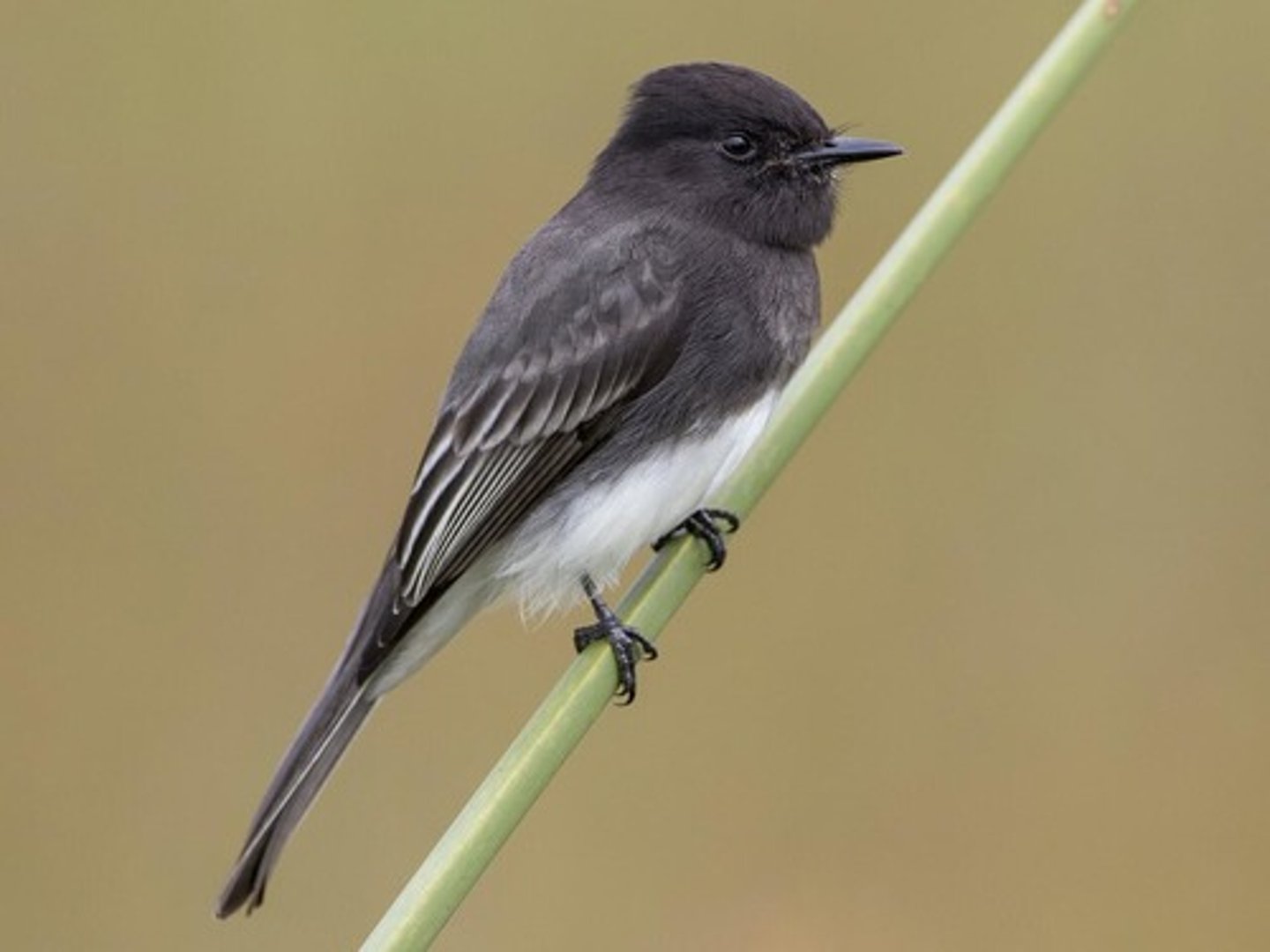
Black Phoebe foot
anisodactyl
Black Phoebe diet
insects; fill take minnows from water
Black Phoebe mode of capture
sallying out = catching prey while flying, then bring back to its perch to eat it
Anna's hummingbird beak
very long and thin
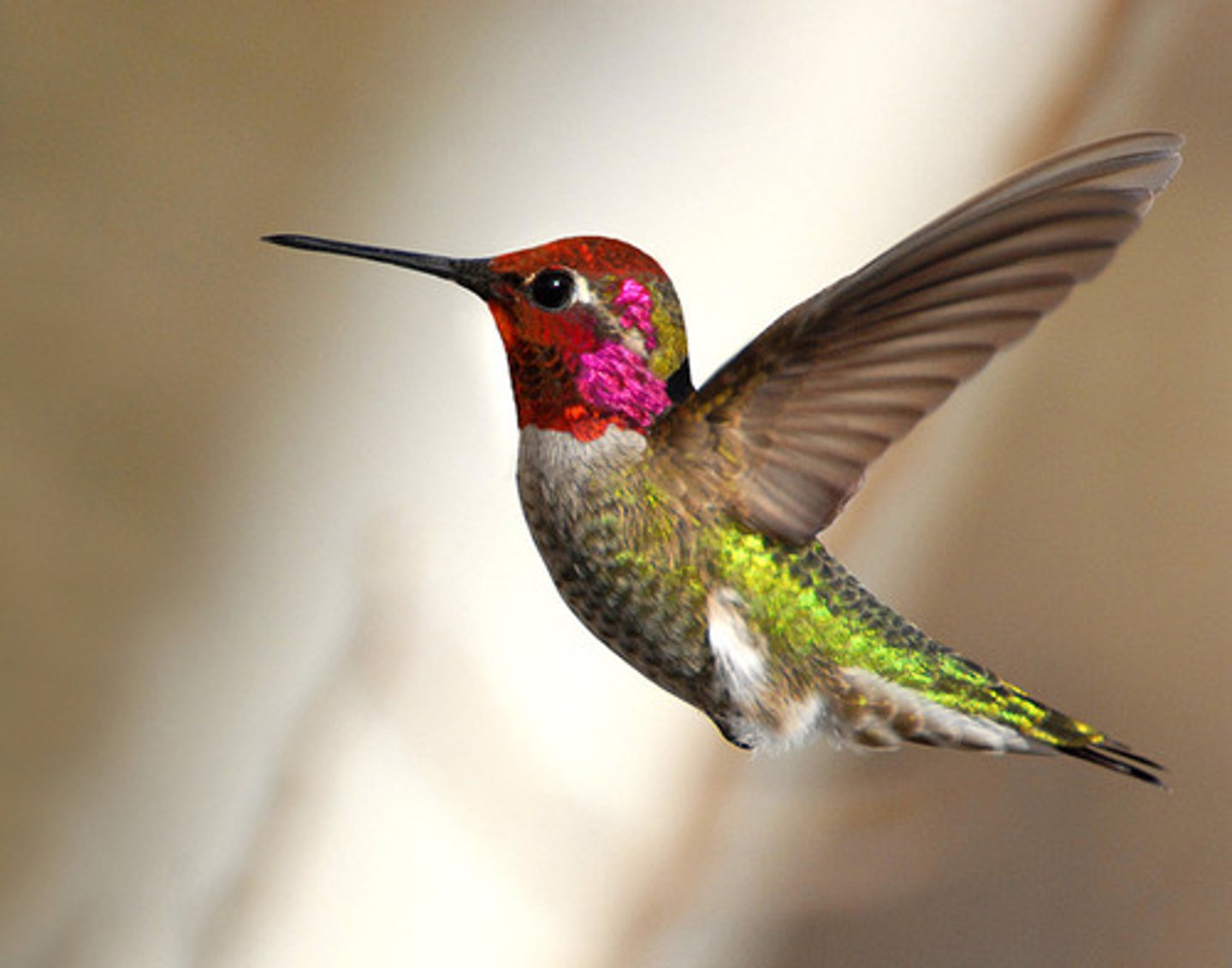
Anna's hummingbird foot
anisodactyl
Anna's hummingbird diet
feeds on nectar and tiny insects
Anna's hummingbird distinct
gorget = colorful
Males dive down and make a mechanical sound
House Sparrow beak
stronger and more robust; short
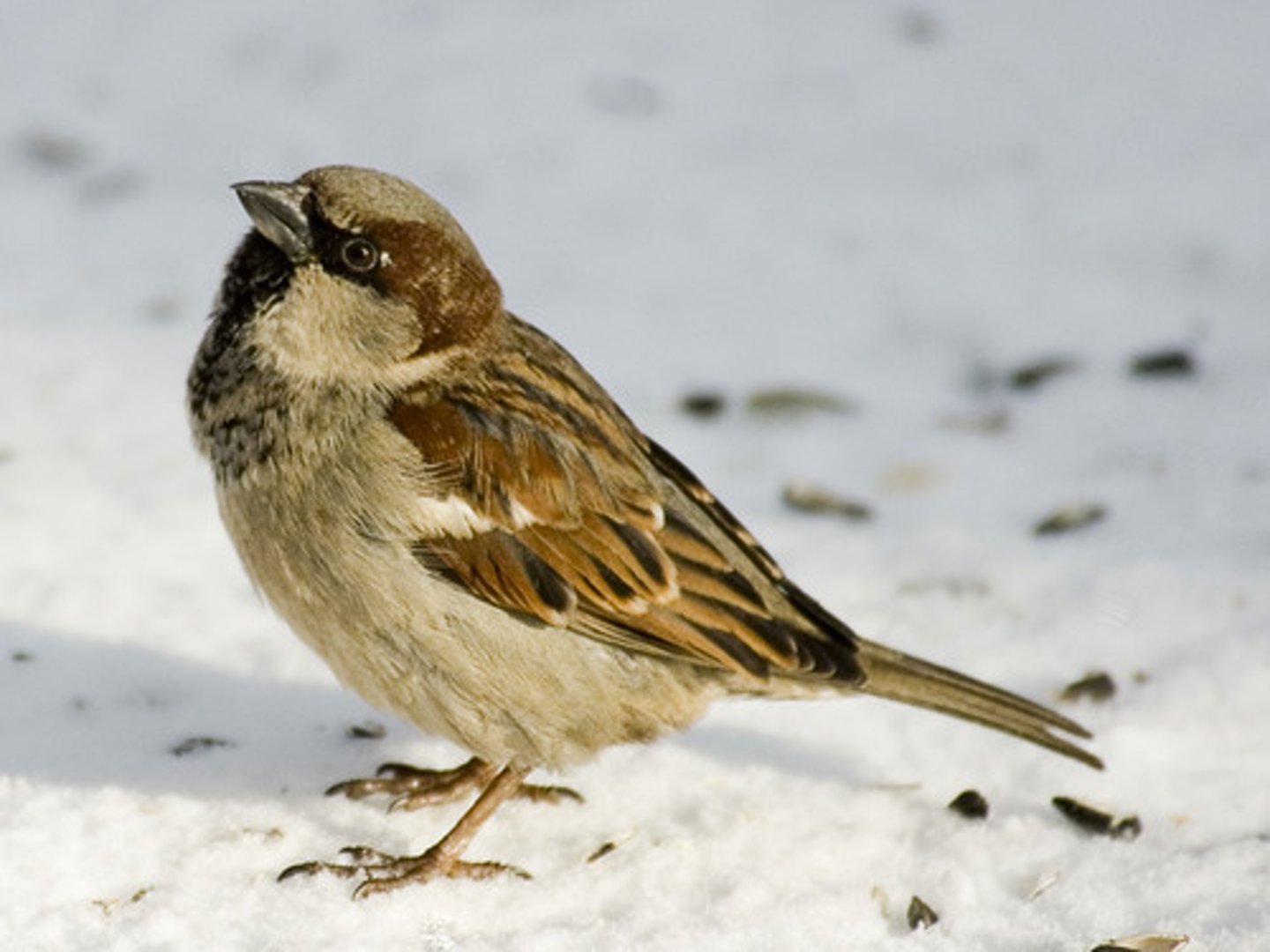
House Sparrow foot
anisodactyl
House Sparrow diet
feeds on seeds and insects but also eats human handouts
House Sparrow distinct
invasive species;
competes with other sparrows, American goldfinch, seed eaters
House Finch beak
strong, more robust
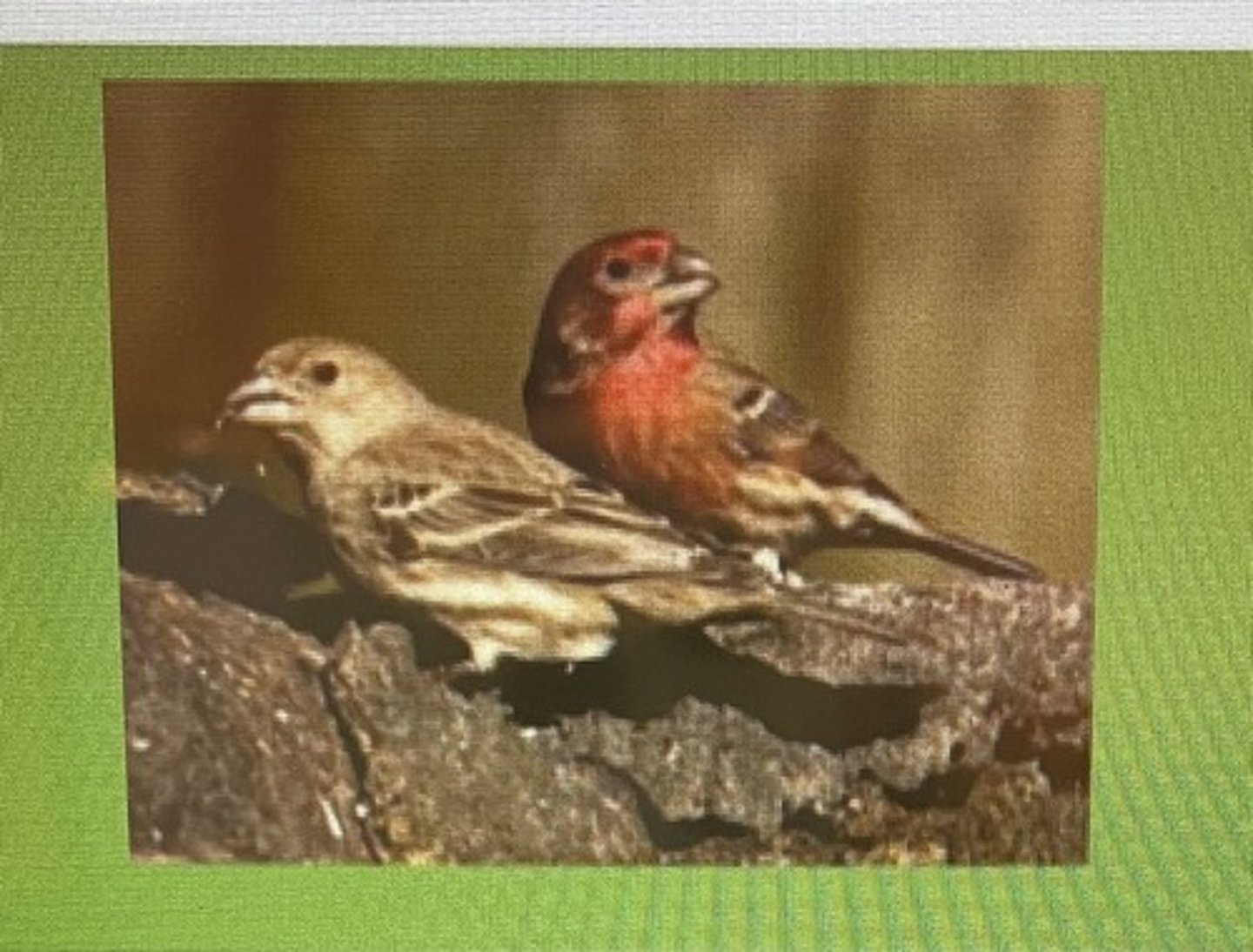
House Finch foot
Anisodactyl
House Finch diet
mainly seeds of annual grasses and forbs; fruits and berries
House Finch distinct
invasive species
European Starling beak
long, thing, sharp pointy tip
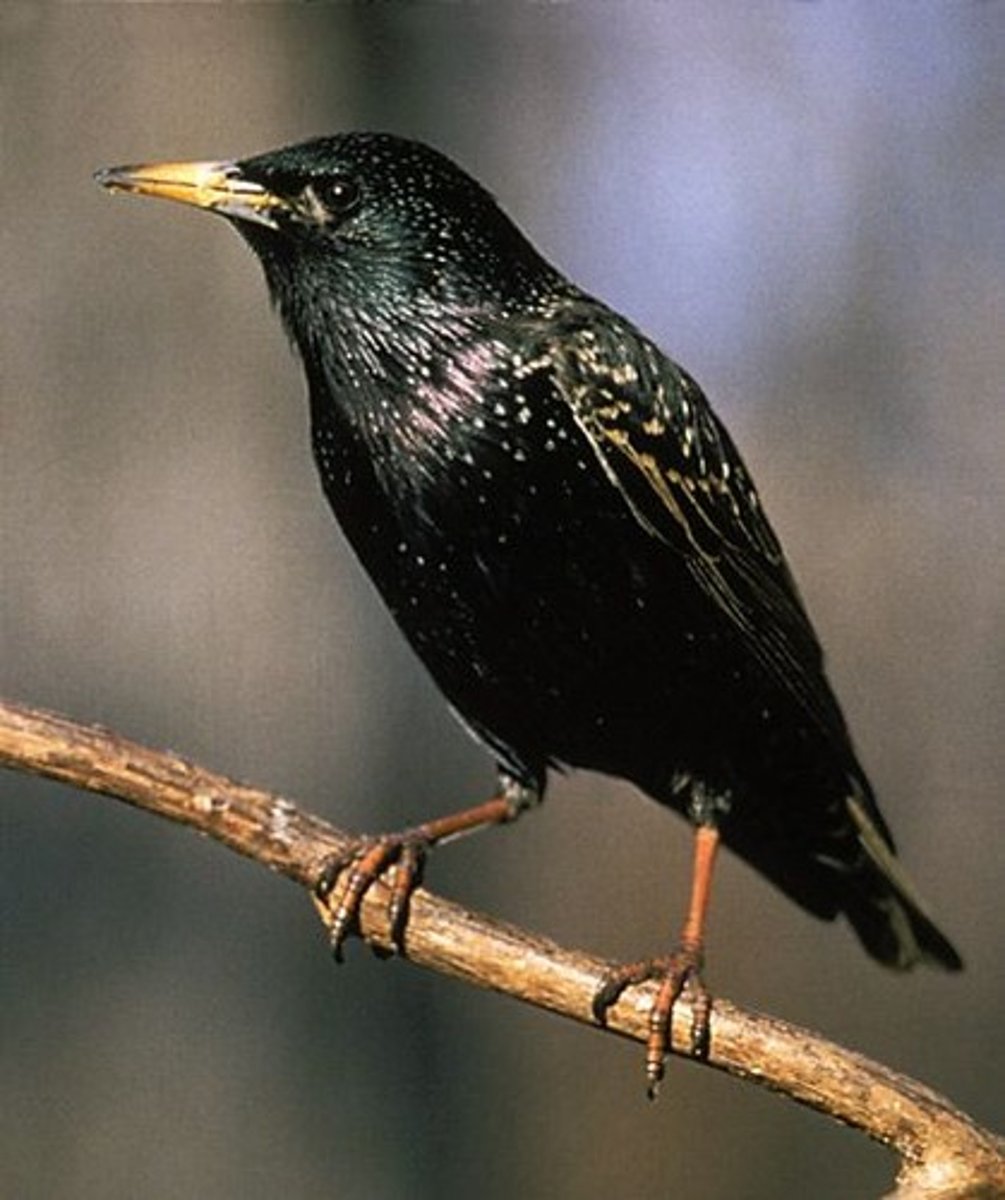
European Starling foot
Anisodactyl
European Starling diet
forages for gurbs, worms, insects, seeds, or in trees for fruit
European Starling distinct
invasive species; compete with the blackbirds